Calling for a More Open Africa on Africa Day
Africa is a continent of young, dynamic people. But, the youth can only help lead an economic revival if their ability to trade and travel is not hindered by geopolitical bureaucracy. Can you reimagine the African continent as open and border-free?
To mark #AfricaDay on Thursday 25 May 2017, Elsie Kanza, head of Africa at the World Economic Forum, is calling on Africans to reimagine the continent open and border-free, and to encourage their country’s policymakers to help make this a reality.
“Africa has a population of some 1.2 billion people, 70% of under the age of 30. We’re a continent populated by young, dynamic people, but our youth can only help lead an economic revival if their ability to trade and travel is not hindered by geopolitical bureaucracy,” says Kanza. “Africa has helped build other countries and continents, now we need to open up to each other.”
Kanza’s call for an open and border-free Africa is backed by Africa’s Global Shapers — a network of around 1000 young change makers across the continent. The African Global Shapers represent some of the brightest, most talented people on the continent who are working to influence the Africa’s future for the better for all who live, work and trade there.
WEF figures show that the continent achieved GDP growth of some 5.4% between 2000 and 2010. But growth has slowed during the past half decade to some 3.3%. Visa-liberalisation has realised strong GDP boost in trust and trade in countries harmonising regulation with their neighbours. For Africa it could similarly be a jumpstart to the continent’s growth.
Although research shows that trade between neighboring countries and regions is a boon for economic growth and development, trade between countries in Africa is low. Inter-Africa trade in goods accounts for only 17.7 percent of the continent’s total trade.
The Africa Integration Index offers a compelling case for integration. Countries that enjoy trade and travel with neighbours realise flows of capital and information across borders, enjoying financial and cultural benefits.
“There’s a massive opportunity to increase the trade of goods and services, and what young people keep telling the change makers who run our hubs across Africa is that trade and travel on the continent is expensive and difficult,” Kanza says.
“It is simpler for a startup founder from Kenya to hop on an airplane and get funding in London, than in Johannesburg. It is easier for an emerging fashion designer in Nigeria to look for opportunities in New York than it is in Accra,” says Kanza, who adds: “This doesn’t make sense in a world where the internet is obliterating boundaries and borders anyway.”
The WEF Africa Competitiveness Report 2017 states: “Africa is full of brilliant, educated young people. Troublingly full. The number of working-age people in the continent is expected to grow to 450 million over the next couple of decades. But Africa's engines of job creation aren't keeping up. If enough new positions aren't created by 2035, Africa may be sailing towards a crisis of youth unemployment.”
The WEF report warns that African leaders have a choice. “Either put into effect structural reforms that improve people's livelihoods, or allow current, not-quite-adequate constitutional policies to unravel towards inequality and civil unrest.”
Kanza -- and her change-making cohort who are #ShapingAfrica -- believe that opening trade and travel is one way to stave off this threat. “To quote Parag Khanna from his latest book, Connectography: Mapping the Future of Global Civilization: ‘Borders are not the antidote to risk and uncertainty; more connections are’,” says Kanza. “The challenge is to connect talent, capital, entrepreneurs and trade — not separate them.” Sharing cultural experiences may be one of the most fundamentally important keys to peace and trust.
Research shows that the movement of people through regions liberalises trade, encourages the flow of capital, increases trust between neighbors, stimulates investment within regions, and lays in new infrastructure. Critically, it also eases transfer of knowledge, reduces cost of research and development of intellectual property.
In the Africa Integration Index, Dr Adrian Saville of the Gordon Institute of Business Science writes about how Africa was historically primed for the extraction of commodities to benefit economies outside the continent, and not to engage in trade that would strengthen and develop Africa.
“This has restricted bilateral trade between African countries and the development of a lucrative consumer market, while rendering the development of value chains or productive economies of scale near impossible,” writes Saville, who adds: “Ultimately, this has undermined the overall competitiveness of the African economies.” Opening up economies, writes Saville, would bring “sustained structural benefit” and economic growth.
“Why is it easier for Americans to travel across Africa, than for Africans to travel across their own continent?” asked Kanza, referencing the Africa Visa Openness Report. “Knowing our over-reliance on commodities and China, and Africa’s slow growth rate, we need to take that next step and liberate potential. We need to make it much easier for young Africans to trade with each other, and to travel across the continent. The benefits are compelling, and this is literally opening the door to future growth.
To join the conversation, follow @AfricaWeShape #OpenAfrica #VisaFreeAfrica
Real Social Media Only Starts Outside of Your Comfort Zone
What running a global social media campaign for an expedition that involved running 40 marathons in 40 days on 6 continents was like.
By Heleen Mills, Treeshake
Going in, I knew doing social media for Mina Guli’s #Run4Water -- an ultra epic of 40 marathons in 40 days along 6 rivers, on 6 different continents -- would be challenging. But I underestimated just how tough it was. Massive ants stalked me in the Amazon. I ran six to eight hours some days. I collided with moths the size of birds. Every day, a perpetual hunt for bandwidth. I battled to get beyond the Great Firewall of China. And the weather. This was storytelling in acute cold and torrential downpours.
This is a story of #extremesocialmedia. The narrative of what it takes to run a live, global cause campaign where water is the hero. I had to convincingly tell the story of an iconoclast doing the impossible. Mina Guli’s crazy run of 1,688 kilometres in 6 weeks along 6 rivers on 6 continents for 1 reason: To get the world focused on the Global Water Crisis.
Go Slow To Go Fast
Business tradition is about thinking first and acting later. It favours strategy over action. Weeks of research and planning went into the #Run4Water campaign. We honed the narrative. Debated the hashtag. Collated lists of global media to reach out to. But on the run, what would grab global interest in a world fatigued by noise?
Going in, the guiding principle was to embrace the best in real news values. To tell the story honestly, and as it happened. To employ rigorous fact checking. To reach out to credible activists and sources involved the global water struggle. The #Run4Water course took us along the Colorado River in Nevada; the mighty Amazon, the Murray River in Australia; China’s Yangtze; Egypt’s Nile River; and the River Thames in London.
I had an incredible team behind me. Dave Duarte led strategy. Max Kaizen and Jaidie Rumboll managed research. Charlie Mathews did writing. We had one of the best visual storytellers in Kelvin Trautman. Greg Fell of Fell & Company managed operations and logistics.
With so much preparation, what could possibly go wrong? Communication is everything for a campaign like this, but in remote reaches technology let me down. In Manaus, northern Brazil where the rainforest has been decimated by logging, I had to hunt for hours for bandwidth.
A Real Creature Feature
Eventually I found a good signal in the middle of a traffic island studded with trees. The driver left me there with my laptop, cellphone and a piece of cardboard to sit on. I had an hour to write and post the crux post of the story we set out to tell in Brazil. Time was running out.
I’d be halfway through a sentence or post when huge ants would crawl up my legs. Everything is outsized in the Amazon. I’d shoo them away, but my continuity was disrupted. The clock ticking, I decided the story was more important than the ants. The humidity was overwhelming. With sweat dripping down my body, I let giant arthropods inch forward.
The big lesson? If you’re doing social media for a global campaign over a number of different regions, get multiple mobile simcards the minute you touch down at each new airport. All mobile networks aren’t equal. I only had 1 simcard. For ubiquitous bandwidth you need more than one mobile operator’s simcard in your arsenal.
The Challenge Of Acceleration
What was our routine? Every day was a new story burdened by the weighty responsibility of telling it well. Every day was a struggle with time. There was never enough time to work. And never enough time to sleep.
I shadowed Mina for most of the 1,688 kilometres. This meant running alongside Mina, with my laptop, mobiles, batteries and chargers in my backpack on my back. When not running, I'd be driving the support vehicle, liaise with news media to manage media interviews or out somewhere interviewing a water expert or activist for our story.
I’d wake at about 5am, tired, often confused about where I was. We slept in a different place almost every night for 6 weeks. On with the head torch to find clothes. Running started 5:30am sharp. This was no luxury tour. We had a strict budget so we camped, slept in a car, on a bus, or found low-cost accommodation - like river-side hammocks in the Amazon, or the living room floor of local family in China. Not knowing when we'd be able to do laundry because of the tight travel and running schedule, we wore the same clothes day in and day out. We reeked. There wasn’t always shower. In the Amazon I bathed in the river.
52 kilometres - that’s how much running had to be done each day. That’s seven to ten hours of running depending on the route condition, weather, Mina’s injuries, or whether we had to break to meet with water experts. The day's routes, interviews, and meeting points for the support vehicle was planned at dinner every night.
The rest of the day was juggling cars between interviews, getting water and snacks to Mina whilst running and making sure she didn’t have to wait when her run was done. Lunch was generally an energy bar of some sort. Every spare moment was used for community management. I am now impressively good at running and community management / emailing / tweeting. Whilst in China I was also tasked with treating Mina's injuries. Before starting my work, I'd have to massage and perform dry-needling on her injured muscles. I had a 5 minute crash course in Australia on how to do this.
Blood, Sweat & Tears
At camp in the evening, the team would survey the damage to Mina’s body. We tried to keep it light. Mina spent time with a podiatrist and physiotherapist. Kelvin and I sorted through photographs. Some days he’d take over 12,000. We’d choose twenty of the best. I’d pick four for social media. The four that told that day’s story in the most remarkable way.
We’d charge all the equipment. I had two battery packs. Really wished I had more - I burned through data and battery power at an alarming rate. We’d plan for the next day. Eat. Everyone would head off to bed. I’d look for a quiet spot (with good bandwidth) and I'd start my work - telling the day's water story and the running story on social media. Researching & copywriting at 1am, in the cold, with only a head torch for light. After, I’d flop into my sleeping bag -- sometimes just before sunrise -- to try sleep for two hours. Maybe three.
Expedition social media requires tenacity, grit and a good dose of resourcefulness. In his book, The Obstacle is the Way, Ryan Holiday writes: “The only guarantee, ever, is that things will go wrong. The only thing we can use to mitigate this is anticipation. Because the only variable we control completely is ourselves.” This was true for every day. Here are some particular incidents that come to mind:
- A perfectly timed and arranged Facebook Live from a 40m high tree we climbed in the Amazon failed horribly. The connection dropped. Twice!
- Dodging moths the size of my hand (I don't have small hands) in Australia, and eventually having to leave the fire I was working beside to sit on the back of a truck that was parked nearby to escape that moth.
- Running 35km in torrential downpour in a rainforest, just to be able to do a 45second video of "drenched, exhausted Mina explaining the importance of trees in the water ecosystem". Support vehicles could not reach the road, so I had to run the whole route.
- Sitting until 4:45am outside of my tent, utterly exhausted, struggling to upload virtual reality video to Facebook on 1 bar of 3G. It failed twice. It finally uploaded on the 3rd try. But I woke up the next morning realising the copy had a spelling mistake.
- Leaving the campsite at midnight, and driving an hour to the next town which had LTE, to sit in the car and upload content till 2:30am.
- Using 18 of my 19 flights in 40 days to work. Fly time was uninterrupted time to do graphic design, and copy writing work. The first in-flight movie I watched was on my flight back to Cape Town.
In retrospect it is bizarre looking at how carefully curated the content appears now, knowing it was assembled under the most extreme conditions.
The Great Firewall Of China
In China I couldn’t access Facebook, Instagram, Twitter nor the Website - they’re blocked by the state there. I bypassed the great firewall of China [legendary for being so powerful that no free VPN or ordinary proxy will let you through] using a VPN outside of China. I signed up and paid for 2 VPNs. Just in case.
The exhaustion was overwhelming. I’d be drafting copy sitting on a cooler box on a bus and would fall asleep, sometimes on my keyboard, other times with my head dangling sideways and my finger pressing a down on a key, making rows and rows of the same letter on my screen. The team meme -- taking photos of someone asleep in a ridiculous position.
The moral of the story? This is the toughest campaign I’ve ever done, but the one I’m most grateful for. I’ve learned that growth comes from struggle. I was humbled our story’s hero -- water. Watching people innovate, or do battle with the water challenges they face more than humbled me. It made me a better person.
Real Life Is Where It Happens
Finally some advice. To tell the best stories, leave what you know behind. Get out from behind your desk, leave your office. Walk into the world. The real stories are waiting there for you. They will change your life.
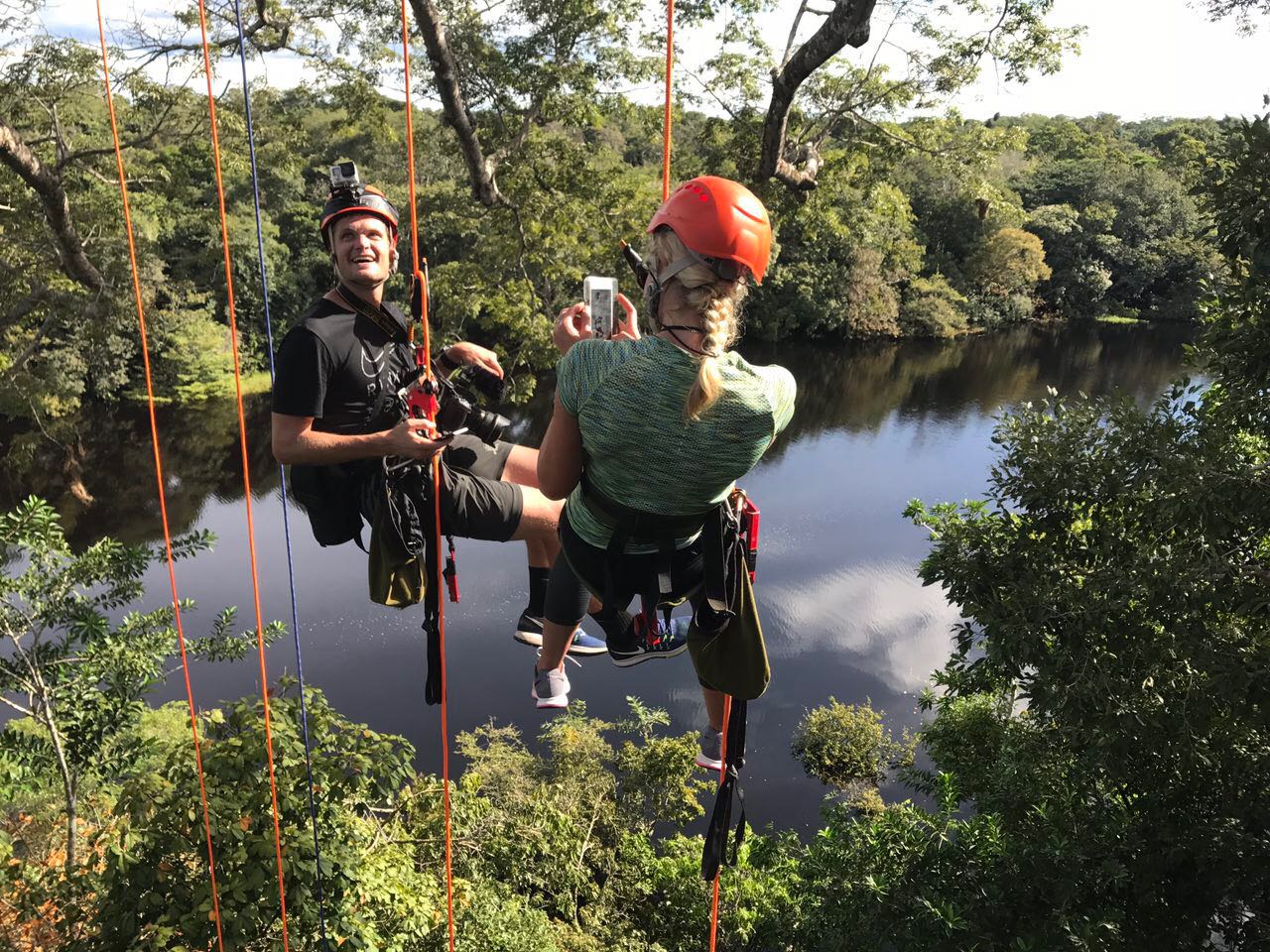
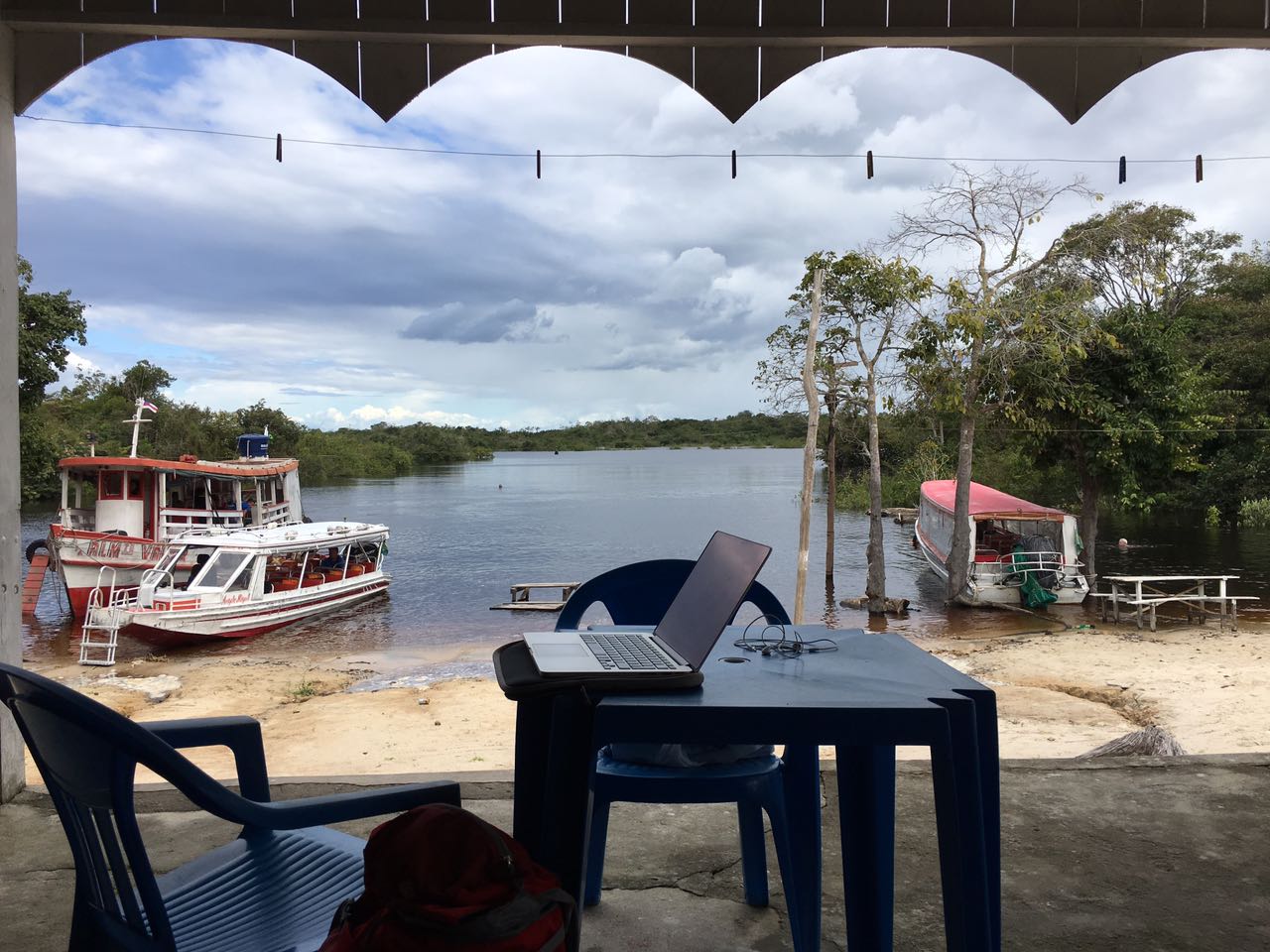
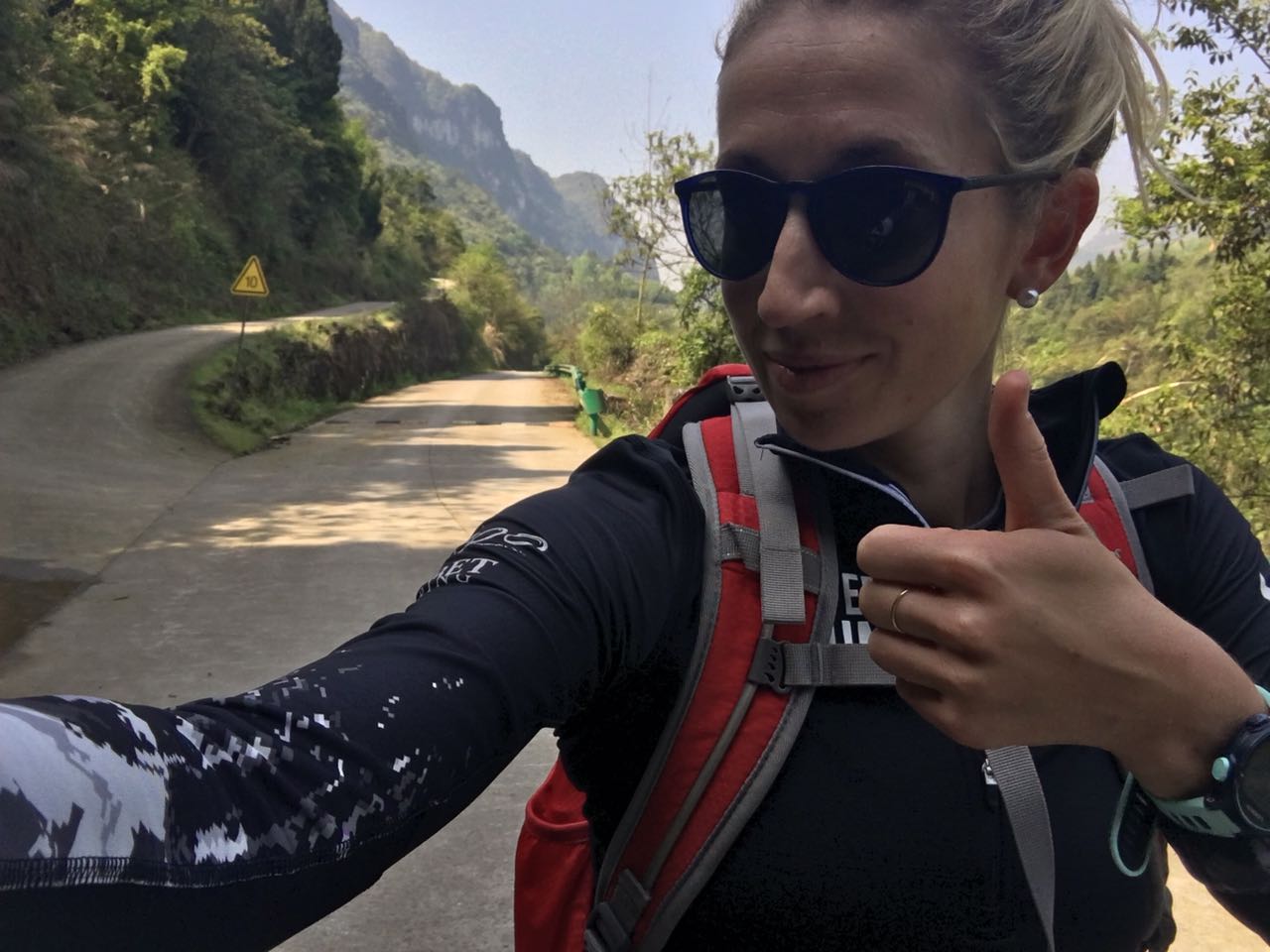
Story always is king. Not sightseeing.
Here’s the team walking back after a long day of running. You can easily spot the social media manager in her natural environment (right at the end of the video)
To find out more about the #Run4Water campaign, check out www.minaguli.com or facebook.com/MinaGuliWater/
Heleen Mills manages Social Media for Treeshake, a tech-savvy communications consultancy that runs global campaigns for change.
Licensed through #CreativeCommons. #Freeforuse with #attribution.
Fifty Changemakers Advancing Gender Equality in SA
Want to know how to build a more gender diverse business, organisation or society in South Africa? These are the people to watch, and learn from.
Want to know how to build a more gender diverse business, organisation or society in South Africa? These are the people to watch, and learn from.
By Charlie Mathews
The requirement for greater gender diversity in South Africa is a no-brainer. There’s more than enough research that shows that gender diversity is not only ethical but makes real business sense.
Gallup research shows that hiring a diverse workforce improves financial performance. The global research company based in the US shows business units that are gender diverse have “better financial outcomes than those dominated by one gender”.
Similarly, studies by McKinsey & Company reveal the business sense of diversity. “Our latest research finds that companies in the top quartile for gender or racial and ethnic diversity are more likely to have financial returns above their national industry medians,” McKinsey & Company reports. “Companies in the bottom quartile in these dimensions are statistically less likely to achieve above-average returns. And diversity is probably a competitive differentiator that shifts market share toward more diverse companies over time,” the worldwide management consulting firm states
In Africa, McKinsey & Company research shows that while there are more women “in
executive committee, CEO, and board roles”, women are underrepresented “at every level
of the corporate ladder”. The study shows that gender representation in politics has improved, but that “representation, however, still needs to double if Africa is to achieve gender equality.” The report also cautions that numbers do not readily translate into real power or influence.
“South Africa has a legion of people who are brave, smart and have been working incredibly hard in their respective fields to find ways to promote gender diversity in this country”
When the World Economic Forum released its measure of gender based inequality — The Global Gender Gap Report 2016 — local politicians and news media lauded the fact that South Africa ranks 15th out of 142 countries. But in terms of wage inequality SA ranks 83rd out of 142 countries: women earn some 38% less than men. Obviously, what these reports don’t show is the lived experience of women in South Africa.
Given that gender diversity is is not just an ethical goal that South Africa needs to strive toward, but makes real economic sense at a time when this country needs it most, how do we take meaningful steps forward? Which mentors or what intellectual property can businesses engage with to determine how to further gender diversity?
Fortunately South Africa has a legion of people who are brave, smart and have been working incredibly hard in their respective fields to find ways to promote gender diversity in this country.
Here is a list of the Fifty Changemakers Advancing Gender Equality in SA that you should be watching [and following on Twitter]. This list was generated by Treeshake to mark the world’s first 50/50 day.
These are people who’ve won respect for the work that they do, who offer significant insights about how we can become a more gender diverse, and better, country. They are emerging forces in the world of gender and/or feminism. In some cases these are people working hard to ensure that communities enjoy even the most basic of human rights, because of how interrelated gender, sex, identity, poverty, human rights and race are in this country.
The Fifty Changemakers Advancing Gender Equality in SA is a first take in terms of compiling a comprehensive index of gender changemakers in South Africa, and is arranged in alphabetical order. If you feel that someone needs to be added to this list please email me at Charlie [at] Treeshake.com or engage me on Twitter: @charlesleeza
Fifty Changemakers Advancing Gender Equality in SA
Aarti Takoordeen (@Aarti_JSE)
A Chartered Accountant, Takordeen is the Chief Financial Officer of the Johannesburg Stock Exchange. Elected as a World Economic Forum Young Global Leader, Takordeen has won multiple awards for the changemaking approach she brings to being a CFO.
Ameera Patel (@AmeeraPatel)
Patel self identifies as a storyteller, and is at once a poet, novelist, actor and theatre professional. She wrote a play called Whistle Stop, which was awarded the Pansa Best New Writer Award. Patel acted in the play at The National Arts Festival, where it won a Silver Standard Bank Ovation Award.
Athandiwe Saba (@Athi_Saba)
An award-winning writer, Saba has a special interest in data journalism, but has also been noticed because of her writing on Marikana. Saba’s work is featured in We are Going to Kill Each Other Today: The Marikana Story.
Baratang Miya (@baratangmiya)
Baratang is founder and CEO of GirlHYPE Coders that empowers girls to pursue careers in STEM and had been chosen by the US State Dept’s in 2015 TechWomen program as an Emerging Leader. She also serves as head of transformation for Silicon Cape.
Buhle Ngaba (@buhlengaba)
Ngaba is the author of The Girl Without A Sound, a book that empowers young black girls by helping them [through story] to find their own voice. The founder of KaMatla, Ngaba’s civic organisation helps NPO and young people of colour to write both themselves and their stories into existence.
Bronwyn Pithey (@wlccapetown)
Pithey is an attorney who focuses on gender based violence at the Women’s Legal Centre (WLC), a non-profit law centre that seeks to achieve equality for women, particularly black women, through litigation and free legal advice. WLC supports advocacy campaigns related to the impact of court judgments on women’s rights.
Christi van der Westhuizen (@ChristivdWest)
The author of White Power & the Rise and Fall of the National Party, as well as Working Democracy: Perspectives on South Africa's Parliament at 20 Years, van der Westhuizen is an associate professor at the University of Pretoria. The editor of Gender Instruments in Africa: Critical Perspectives, Future Strategies, van der Westhuizen’s career started as a journalist at Vrye Weekblad.
Claire Martens (@MartensClaire)
Martens is the communications officer for the Legal Resources Centre, which promotes justice using the Constitution, builds respect for the rule of law and contributes to socio-economic transformation in South Africa.
Colleen Lowe Morna (@clowemorna)
The CEO of @GenderLinks, Morna is a respected women's rights advocate, researcher and author. Gender Links is an NGO with a strong practice of researching and promoting gender rights in the media.
Dela Gwala (@indie1activist)
Gwala identifies as a “full-time feminist”. A post-grad student at UCT, Gwala is the head of UCT Survivors [an organisation for students at the university that creates space for conversation and activism around sexual violence].
Demelza Bush (@Demelza_Bush)
Bush is a senior multimedia reporter at Bhekisisa, the Mail & Guardian's health journalism centre, as well as an activist and campaigner for social justice.
Elaine Rumboll (@elainerumboll)
MD of The Creative Leadership Consultancy, Rumboll helps leaders and teams achieve next-level thinking using play. Former chairperson for the advisory board of UCT GSB Women in Leadership, Rumboll is also a poet and blues singer.
Emma Dicks (@code4ct)
Dicks is the founder of Code4CT, a programme that introduces Capetonian high school girls to coding, design thinking and Information Technology.
Esley Philander (@EsleyPhilander)
Philander is a filmmaker, a writer and the media and communications manager for the Black Sash, a veteran human rights organisation that champions social justice.
Hanli Prinsloo (@hanliprinsloo)
A Freediver and Ocean Conservationist, Hanli Prinsloo is the founder of the I AM WATER Foundation which focuses on Ocean Conservation through Human Experience.
Indira Govender (@indigoesround)
A medical doctor and an activist, Govender was born to parents who were human rights lawyers. Govender identifies as a black consciousness feminist and is respected for her work in public health.
Jane Duncan (@DuncanJane)
Duncan is a Professor of Journalism at the University of Johannesburg, and was Highway Africa Chair of Media and Information Society, School of Journalism and Media Studies at Rhodes University. Duncan is a prominent media activist and former executive director of the Freedom of Expression Institute, who writes widely on media policy and media freedom issues.
Jasandra Nyker (@BioThermEnergy)
Nyker is the CEO of BioTherm Energy, one of SA’s leading renewable energy developers. A board member of the SA Wind Energy Association, Nyker is also a WEF Young Global Leader.
Jeanne Bodenstein (@jeannebodnstein)
Bodenstein is the Advocacy Coordinator at the Rape Crisis Cape Town Trust and heads the Rape Survivors’ Justice Campaign.
Jen Thorpe (@Jen_Thorpe)
During the day Thorpe works as a researcher focussing on women’s rights and LGBTI in politics, but by night writes fiction. Thorpe’s first novel, The Peculiars, was was longlisted for the Etisalat Prize and the Sunday Times fiction prize.
Kathleen Dey (@kathdey)
Dey is the director of the Rape Crisis Cape Town Trust, which offers free services including face-to-face counselling, a 24-hour helpline and support through court cases and the criminal justice system.
Khadija Patel (@khadijapatel)
Editor in Chief at the Mail & Guardian, Patel co-founded the Daily Vox digital platform to amplify the young voices in South Africa.
Koketso Moeti (@Kmoeti)
A human rights activist, Moeti is the founder of Amandla.Mobi. An independent, community advocacy organisation that seeks to build a more just and people-powered Mzansi, Amandla.Mobi is about turning every mobile phone into a democracy building tool
Kwezilomso Mbandazayo (@KwezilomsoM)
The Women’s Rights and Gender Justice Programme Manager for Oxfam South Africa, Mbandazayo self describes as “a Black, Queer, Feminist thinker and activist.” She has worked with the One in Nine Campaign, the Forum for the Empowerment of Women, The United Front and the Johannesburg People’s Pride.
Lady $kollie (@LadySkollie)
A feminist artist and activist, Lady $kollie [aka Laura Windvogel] has disrupted local and international art circuits with her work, which speaks to gender, sexual politics, consent, lust, identity and stereotypes.
Laurel Oettle (@Laurel_Oettle)
A passionate advocate for equality, human dignity and gender justice, Oettle is the Director of the Association For Rural Advancement.
Lelemba Phiri (@lelemba)
Lelemba is the Chief Marketing Officer for Zoona, one of the fastest growing fin-tech companies in Africa. She has used her position of influence to drive the girl effect and other women's empowerment initiatives at her company. She is an author, and also the co-founder of Africa Trust Academy.
Lindiwe Mazibuko (@LindiMazibuko)
A WEF Young Global Leader and Harvard Institute of Politics Fellow, Mazibuko the first black woman in South African history to be elected Leader of the Opposition in Parliament. Mazibuko describes herself as a “Muscular Feminist” and “Relentless Idealist”.
Louise Meek LeBlanc (@Louise__Meek)
Meek LeBlanc is the founder of The Isabelo™ Smart Bench, a stand-alone, entirely solar-powered free Wi-Fi hotspot for public use.
Mandisa Shandu (@MandiShandu)
Shandu is an activist lawyer and the Co-Director at @NdifunaUkwazi, which provides legal, research and organising support to communities in struggles for urban land justice, affordable housing and tenure security.
Melanie Judge (@Melaniejudge)
A feminist, Judge has a Ph.D in Women's and Gender Studies, and is widely respected for lobbying and advocating for the rights of lesbian, gay, bisexual, transgender and intersex (LGBTI) people. Judge is an Adjunct Associate Professor at the University of Cape Town.
Mich Atagana (@MichAtagana)
Atagana is the Head of Communications and Public Affairs, South Africa at Google. Before that Atagana edited Memeburn and managed the Burn Media group for four years, launching Gearburn.com, Ventureburn.com and Motorburn.com.
Naadiya Moosajee (@NaadiyaMoosajee)
Moosajee is co-founder and CEO of WomHub, an international NPO that aims to develop and promote female engineering leaders in Africa.
Nomalanga Mkhize (@NomalangaSA)
Mkhize is an Associate Professor in the Department of Anthropology at The Nelson Mandela Metropolitan University.
Nomboniso Gasa (@nombonisogasa)
Gasa is a researcher and analyst on gender, politics and cultural issues, whose work weaves academic, lived experience and constant engagement with contemporary and historical issues. Gasa is also a Public Speaker on Gender, Politics, Leadership and Cultural Issues
Panashe Chigumadzi (@panashechig)
Chigumadzi is an award-winning writer whose novel Sweet Medicine won the Sello Duiker Award. Published in The New York Times, The Guardian, and Spiegel, Chigumadzi was the founding editor of Vanguard Magazine. Chigumadzi was the curator of Soweto’s inaugural Abantu Book Festival.
Pippa Tshabalala (@UnexpectedPippa)
Tshabalala is the former presenter of The Verge -- South Africa's first locally produced TV show on video games, gaming and tech. Based in Johannesburg, Tshabalala is currently On Air Manager for Viacom Africa!.
Pontsho Pilane (@pontsho_pilane)
Pilane is a health journalist at the Mail & Guardian, and holds two degrees in media studies from Wits University, whose journalistic career started at The Daily Vox and focused on gender, race and how they intersect.
Pumla Dineo Gqola (@feminist_rogue)
Gqola is Associate Professor in the Department of African Literature at Wits. Previously, Gqola worked as Focus Area Leader: Open Speak at the Meraka Institute, managed by the CSIR. The author of Rape: a SA Nightmare, Gqola also authored What is slavery to me? and A renegade called Simphiwe.
Rapelang Rabana (@rapelangrabana)
Founder and CEO of Rekindle Learning and Executive Director of Nisela Capital, Rabana is a WEF Young Global Leader and serves on the WEF Global Agenda Council for Software and Society. She describes herself as a Technology Entrepreneur. She was one of Forbes Africa 30 Under 30 Top African Entrepreneurs, and was selected as a Fast Company Maverick.
Rebecca Davis (@becsplanb)
Davis the author of Best White (And Other Anxious Delusions), has a master’s in English Literature from Rhodes and a master’s in Linguistics from Oxford. Davis writes for Daily Maverick.
Regina Kgatle (@RrrEeGina // @67GamesSA)
Kgatle aims to blur the lines between learning and play. Her company, Educade, creates and promotes games that are suitable for the national curriculum. Each game is housed in an Educational Arcade Machine made from e-waste and recycled materials.
Sian Ferguson (@sianfergs)
Sian Ferguson is a writer based in Grahamstown, whose areas of interest include health, social justice and cultural trends.
Sisonke Msimang (@Sisonkemsimang)
Msimang is a writer and whose work has focused on social justice and human rights, including issues like race, gender, democracy and politics. The former Executive Director of the Open Society Initiative for Southern Africa, Msimang is a regular contributor to The Guardian, The Daily Maverick and The New York Times. Her memoir will be published by Jonathan Ball later this year.
Sydelle Willow Smith (Insta: @sydellewillowsmith)
Willow Smith is a photographer and video director, who focuses on the themes of memory, migration and identity. The first recipient of the Gisele Wulfsohn Mentorship for work on migration, Smith co-founded the solar powered mobile cinema initiative, Sunshine Cinema. Her work has been published in Le Monde, 1843, ADACC, Le Nouvelle Observateur, The Africa Report, Camera Austria, and National Geographic Traveller.
Tlaleng Mofokeng (@drtlaleng)
Dr Mofokeng is a medical doctor, who works with the International SOS. She featured on Al Jazeera’s The Cure and regularly appears as ‘Dr T’ on Kaya FM. Her focus is on reproductive health, sexual health and wellness management. Awards include Destiny Magazines’ Power of 40, Mail and Guardian 200 Young South Africans, 2016 and Winner of 120 Under 40 Award by the Bill & Melinda Gates Institute, 2016.
Thato Kgathlanye (@OfficialRethaka)
Kgathlanye founded Repurpose Schoolbags, which produces a backpack for school goers made from recycled materials. It has a solar panel that charges a battery during the day, which powers a light for studying at night. She has been featured on CNBC Africa and Forbes, and won the ELLE international Impact2 Award. In 2014 she was runner up at the prestigious Mastercard Anzisha Prize
Thuli Madonsela (@ThuliMadonsela3)
Former Public Protector of South Africa, the much loved and respected Madonsela is a Harvard Advanced Leadership Fellow, and self-describes as a ‘Life activist on Justice, Human Rights, Rule of Law and Governance’.
Zamantungwa Khumalo (Zamantungwa_K)
Zamantungwa has a passion for African development, women empowerment and media. Previously Executive Producer at POWER FM, now Supplements & Special Projects Editor @mailandguardian. In 2017 she wrote an essay that had her selected to represent the Global Shapers community at the World Economic Forum in Davos.
Zukie Siyotula (@ZukieSiyotula)
CEO of Thebe Capital, Siyotula is a Chartered Accountant (SA) and a Chartered Global Management Accountant (UK), who was ranked top student in South Africa on completion. She earned an MBA at GIBS, and is a WEF Young Global Leader. She is also a founding member of the African Leadership Network (ALN) and Graca Machel’s New Faces New Voices Network (NFNV). Winner of numerous business awards, she was most recently awarded the Fortune Most Powerful Women Global Mentoring Exchange Program in New York and the Vital Voices Global Ambassadors Program. She is part of their Global Leadership Network, and she was also awarded the prestigious International Women’s Forum Leadership Fellowship with Harvard and Insead.
Compiled by Charlie Mathews of Treeshake. Free for use with attribution in terms of Creative Commons.
Charlie Mathews [the writer and former advertising agency owner once known as Mandy de Waal], is a queer and genderfluid writer, cartoonist and business strategist. Mathews works with Treeshake on global change campaigns, and has a special interest in gender equality.
Let’s make SA part of the world’s first 50/50 Day today and every year.
What Consumers Expect From Brands: Why Doing Good Should Be a No-Brainer
With the rise of social and environmental awareness, it is imperative for brands to adopt a change-driven focus. Consumers distrust traditional advertising and expect big brands to act responsibly and work towards bettering the world. Affecting meaningful change is the way forward in terms of maximising profits and gaining credibility with consumers.
The world's most successful brands are using their platforms and resources for the betterment of society and are reaping the rewards. Consumers are, more so than ever before, highly aware of world issues and tend to conduct their lives accordingly. Instead of blindly consuming products based on overused advertising techniques, Global and U.S. Retail Sector Leader Mark Larson states that people are leaning towards brands that “operate responsibly to address social and environmental issues.” It is becoming increasingly necessary for brands to align themselves with positively impacting the world in order to fulfil the consumer expectation that they “stand for more than the products they sell.”
In a survey conducted by The Macarthy Group, it was found that 84% of millennials are not won over by traditional marketing methods, clearly illustrating the fact that brands need to do more to catch their attention. With the rise of social consciousness as a whole, it is becoming necessary for brands to move towards actively engaging with world issues. Tim Neilson, Co Founder of the Global Philanthropy Group, points to the fact that 93% of millennial consumers are more likely to buy from brands that have a clear “cause association.” While advocating for more than one’s product may seem risky, it has been shown that the benefits are paramount. By integrating meaningful change, brands gain credibility with customers who are increasingly socially and environmentally aware.
Source: 2015 Cone Communications Millennial CSR Study
As part of Fortune’s Change the World List, Alan Murray noted, “businesses are searching for new ways to prove capitalism’s power to rectify social ills,” showing that there is a recognised need to move away from being solely profit-hungry. Millennials are, in particular, disillusioned by the marketing practices of big corporations who deny that they have any responsibility in shifting inequality and other social issues. There is, as Murray notes, the opportunity for capitalism to do good and use their resources for the betterment of the world. In the 2016 Cone Communications/Ebiquity Global CSR Study it was highlighted that 90% of consumers absolutely expect brands to work in a way that directly confronts environmental and social concerns.
The success of this change-driven approach has been demonstrated by a number of influential brands such as Tesla, a car manufacturing company that rejected the use of fossil fuels and shifted its focus to developing sustainable technology. By employing various strategies that boosted the manufacturing and distribution of electric cars, the company actively aligned itself with environmental sustainability and proved to its consumers that it was committed to doing its part to alleviate environmental concerns. Not only did this gain the brand positive publicity but, as a result, allowed for a jump in their profits, showing that doing good is also wise from a business perspective.
Paul Polman, CEO of consumer goods company Unilever, looks to the UN’s Sustainable Development Goals (SDGs) as being the “fundamental cornerstone to secure future economic and business growth.” Unilever itself began implementing the Unilever Sustainable Living Plan (USLP) in 2010, clearly aligning itself with the SDGs. Polman notes that this plan illustrates just how effective a focus on sustainability can be, with their “Sustainable Living brands growing 30% faster than the rest of the company.” By actively working with the SDGs, Unilever was able to achieve tangible returns, illustrating just how beneficial a change-based focus can be.
Source: Just Capital
Apple is another huge brand that is using its platform and resources to make a difference and, therefore, attracting customers who expect and value this focus. In Greenpeace’s 2015 Clicking Clean Report, they pointed to Apple’s impressive efforts, noting that it has “…increased its impact as a change agent driving renewable energy.” 93% of the company’s energy usage comes from renewable sources and is a perfect example of how one can positively impact the world whilst simultaneously making massive profits. In addition to their use of renewable energy sources, Apple also announced their “sustainable forestry agenda” that looks to conserve 35 000 acres in the US, as well as 1 million acres in China. It is clear that even the biggest brands are getting involved in the movement towards actively engaging with social and environmental issues and receiving significant good publicity as a result.
“Brands need to keep up with a growing social and environmental consciousness amongst consumers”
In addition to environmental sustainability, many brands are also focusing on social issues throughout the world. Coca-Cola, for instance, ran a campaign in both Pakistan and India that encouraged people to move past their differences and connect over a Coke. Highly advanced vending machines were set up and allowed people in each country to communicate through “a live communications portal linking strangers in two nations.” The relationship between Pakistan and India is deeply affected by historical conflict and, by recognising this issue and working towards alleviating it, Coke gained credibility with consumers who value social change. The thought behind the “Small World Machines” was to spark a moment of happiness and unification that the consumer would inevitably associate with Coca-Cola’s product. Coke is a prime example of how positive this shift towards the incorporation of social awareness can be.
Simply put, brands need to keep up with a growing social and environmental consciousness amongst consumers. Having little to no regard for world issues is becoming more and more unattractive and it’s important for companies to actively move towards making meaningful change in order to combat this perception. The way forward, then, is for brands to gain publicity through making a positive impact on world issues and fulfill the consumer expectation to actively engage with such.
Why targeting a small audience can help you reach a larger audience online
By trying to appeal to everyone, you will end up appealing to no-one. A key principle when developing a campaign is that you identify a core inner-circle of people who are likely to respond to it and care about it. This takes courage and conviction. It means that in your messaging, in your creative concept, and in your targeting that you will exclude most of your potential audience, at least initially.
In a time where it is so easy to ignore irrelevant information and entertainment, trying to appeal to everyone can ensure you end up appealing to no-one in particular.
People are looking for news that is relevant to them and their individual interests. So, if I’m into commuter cycling, then I’m more likely to pick up on an article or video that speaks to that specifically than a generically titled article about cycling.
You may be concerned that, by targeting a smaller audience, your ultimate reach would be lower, but this is not the case. When you appeal to people directly, they’re more likely to share the news or article than if it is a generic piece. The specifically targeted piece says something about me, and what I believe in, so I will more likely share it.
“By trying to appeal to everyone, you will end up appealing to no-one”
This can hold true, even when it comes to public campaigns. For example, Coca Cola created a billboard that could only be understood by the 5% of people who are colourblind. Instead of being ignored by the 95%, this advert engaged their curiosity. For the first time, colour blind people had an advantage, as well as a good reason to talk about the campaign and show off their unique ability.
By trying to appeal to everyone, you will end up appealing to no-one. A key principle when developing a campaign is that you identify a core inner-circle of people who are likely to respond to it and care about it. This takes courage and conviction. It means that in your messaging, in your creative concept, and in your targeting that you will exclude most of your potential audience, at least initially.
“Tighter targeting, bolder and more directed headlines, as well as content directed at an interested community is key”
We work with a concept called the 1>9>90 rule at Treeshake, which basically says that 1% of people create the content, that 9% share and 90% consume. So as a 1% content creator, you’re wasting your time trying to get people in the 90% to share. They simply won’t. In fact, the 90% only pay attention to content that is shared by someone they know. Someone in the 9% needs to share the content before they’ll pay attention to it.
Isn’t this true for you? For example, do you often find articles in your newsfeed on Facebook from news organisations that you don’t follow, on topics that you’re not directly interested in? And don’t you occasionally read those articles or watch those videos because of who shared it?
As an example, I’m not directly interested in architecture, but I trust my friend Erik to share good content. So when he shared a video about “Architecture that Heals”, I was compelled to click and watch it. If TED (or whoever else was promoting the content) tried to target me directly they would have failed to engage me. My interest was sparked because I knew the sharer.
This is one of the paradoxes of digital content strategy. Tighter targeting, bolder and more directed headlines, as well as content directed at an interested community is key. Content is much more likely to spread further and faster than something specifically targeted at a more general audience.
There is of course the risk of being too specific or obscure, but you should use your discretion.
The following three criteria can provide a useful guide to targeting:
Is the target audience small enough to reach, but big enough to influence the change you want - generally speaking around 10% of your total intended reach. (This tells you if your intended audience is too small or too big)
Is it possible to reach the entire interested target readership? (This tells you if your audience definition is specific enough)
Are they likely to share the piece? (This tells you if your piece is surprising or interesting enough for your target audience)
We don't need to reach every possible person we can, and this particular mistake is what creates the type of noise that people switch off from online. Discipline in your targeting will lead to better creativity, better advertising, and better results. Don't be scared of excluding people, there's a far higher risk of being totally ignored. Focus.
We’re becoming immune to clickbait: here’s how you can write better headlines
Why we're becoming immune to click-bait, and how you can still write clickable headlines.
Descriptive headlines, that accurately describe the content are now out-performing curiosity gap headlines online.
The web is littered with curiosity gap headlines that withhold information about the articles they're linking to. This has been a highly effective strategy for driving clicks, especially on Facebook where people are looking for non-specific but relevant entertainment and information.
But this approach is becoming less effective now as savvy web users become more wary of it. Adam Mordecai, a curator at Upworthy, says descriptive headlines—ones that tell you exactly what the content is—are starting to win out over Upworthy’s signature “curiosity gap” headlines, which tease you by withholding details.
Click-Bait headlines: specific enough to arouse interest but that leave out a crucial piece of information, so you need to click through to find out what it is.
The basic principle behind why these headlines worked are timeless: they appeal to people's sense of curiosity and novelty-seeking. However, the more these types of headlines are used, the less novel they seem, and thus the less curiosity they provoke.
There is another problem with the UpWorthy style "Curiosity Gap" headlines though...
Facebook has updated their algorithm to reduce the amount of clickbait in the news feed.
In an post entitled "Further Reducing Clickbait in Feed", Facebook announced that they're using an algorithm to filter out these tabloid style headlines. Specifically, they give two tips to ensure your article isn't punished.
Be specific and don't withhold information that will establish relevance: If the headline withholds information required to understand what the content of the article is: For example, the headline “You’ll Never Believe Who Tripped and Fell on the Red Carpet…” withholds information required to understand the article (What happened? Who Tripped?)
Don't make misleading claims in the headline: If the headline exaggerates the article to create misleading expectations for the reader. The headline “Apples Are Actually Bad For You?!” misleads the reader (apples are only bad for you if you eat too many every day). A team at Facebook reviewed thousands of headlines using these criteria, validating each other’s work to identify a large set of clickbait headlines.
The simple solution, then, is to write headlines that are different, while still appealing to people's sense of curiosity and novelty-seeking.
The Four U's of Good headlines:
- Unique
- Useful
- Ultra Specific
- Urgent
- Michael Masterson
Diversity is Smarter. Stop Agreeing to be on All-Male Panels
Gender Diverse Teams Have a Healthier Culture and Better Results. Yet technology's brogrammer culture can be alienating for women. Aléz Odendaal explores the issues and suggests some tangible steps we can all take towards developing a more gender diverse technology ecosystem.
By Alez Odendaal
Technology companies have a gender diversity problem. Just look at the average technology meet-up or conference in Cape Town, Johannesburg, Lusaka, Nairobi, Port Louis, or Harare. Who are the speakers? How many of the delegates are women?
Less than 30% is the likely answer. And it's not just an African thing.
In 2014, a call for transparency in the tech industry led to the release of diversity reports from most of the major tech companies.
Tech gender diversity visualized in the que for the restroom at WWDC. pic.twitter.com/zfEgtXY5Zw
— Ben Bajarin (@BenBajarin) June 8, 2015
The results, which were shocking then, are not much improved now, with Apple at 31% female, Google also at 31%, and Intel at just 23.8%. Ouch.
Much the same can be said of smaller businesses. So many startups seem to be made up of Mark Zuckerberg lookalikes (white, male, hacker swoop haircuts), sexually-charged roguish power elements that have co-opted counter culture’s antagonism for big business, but have actually kept up the status quo. Forgoing things like a human resources department may mean startups become less diverse, less friendly places.
This means that whether you’re in a small company or a Fortune 500, if you’re in the tech industry, it’s likely that your offices aren’t populated by many women. The reasons for these can seem complex, as do would-be solutions. But they need not be. Take a look.
Why diversity is good
It’s at this point that you might be getting defensive, but before you sit on that too long, consider this advice from someone you may already admire; ‘Oversight is not an idea that can be dismissed out of hand’, said Tony Stark in Captain America: Civil War (2016), and it’s true. We can’t always see where our actions are leading our greater intentions astray, but when they are questioned we should try to understand that correcting slights from a humble position will always be more noble than never addressing them. And in the case of gender diversity, correcting past mistakes might mean greater profits, as this study, and these companies have found.
The mere presence of diversity in a group creates awkwardness, and the need to diffuse this tension leads to better group problem solving. While homogenous groups feel more confident in their performance and group interactions, it is the diverse groups that are more successful in completing their tasks. - Katherine Phillips, Associate professor of management and organizations at the Kellogg School of Management.
The Pipeline
A common defence laid by companies called to account for their lack of diversity is ‘the pipeline’; a term used to say that a business’s diversity at the level of hiring can only be as fruitful as its pool of applications. In short, these companies can only hire as many minorities as those who applied. Fair enough.
However, this seems to assume a linear history of diversity, with tech being just another field where women have remained marginalised since the fight to enter the workforce alongside men. But something seems to have triggered this bad pipeline entry in recent years, as the number of women studying towards a computer science degree has significantly decreased since the 80s. Appealing to evidence of a small pool of applicants does little to solve this, and does even less to address a company’s role in making the tech space one that is undesirable to women.
And undesirable it truly seems to be. Over half of the US women in science, tech, engineering, and math (STEM) industries leave, not because they can’t or don’t enjoy their work, but rather because of gender prejudice. This is a serious problem. Something that makes women leave their jobs, often without a desire to work in tech again.
The real problems
The reasons keeping women from succeeding in the digital era are systematic, but may be carried out by individuals just like you. They also find women as soon as they enter the industry – or don’t.
When hiring, it’s possible that those eager to assimilate to the aforementioned cookie-cutter Silicon Valley mould that is so appealing in its connotations with runaway success, might only hire those that fit the much-celebrated profile. And with major companies emphasising a referral-based hiring process, I suspect the boy’s club is in no danger without big adjustments
The pay gap is another worry (although it’s diminished in recent years), and women are also less likely to put their names forward for promotion. When these incentives aren’t there, it’s unlikely that tech’s ‘brogrammer’ culture will keep women around.
The sexism that exists in the ‘thousand tiny papercuts’ that are experienced by women every day in the workplace are deeply-felt and weary things, even if men aren’t always able to see them as such.
Sexism isn’t always as overt as the sexual harassment experienced by women in the workplace in the 80s. Sometimes it’s the crude joke you made to the other men in the office, while you all side-eyed your female co-worker for signs of discouragement.
Sometimes it’s calling a woman ‘one of the guys’ because of her efforts to stay included even at the cost of self-defeatist harm.
Then again, sometimes it’s as simple as saying a colleague does X ‘like a woman’. Replace the word ‘woman’ with a racial slur and you might be less inclined to voice your critique so openly or at all.
Without female colleagues to turn to, these factors exacerbate and contribute to an isolating experience that makes women turn away from jobs they enjoy.
How to get it
- Stop agreeing to be on all-male panels - just stop.
- Bolster your interviewing process by implementing measures that work against unconscious bias.
- If you find that there are not enough women applying for a particular position, ask yourself where you may be favouring men in terms of where your position is advertised and shared. Expand your network, surprise yourself, try again.
- You could also try hiring women qualified in less traditionally-suitable degrees, like ThoughtWorks.
- Offer flexible work hours and paid family leave in order to alleviate the pressure some women feel as primary caregivers, like Facebook has done.
- Instil a spirit of mentorship over that of competition, offering a space where women are free to make mistakes without fear of co-workers thinking less of her, and less of women more generally. A very frequent issue.
- Train your managerial staff to understand the need for retention, and work to come up with positive strategies for this goal.
- Bring awareness to your employees on the nature of micro-aggressions like those mentioned above, and make it easy for women to come forward with evidence of sexism.
- Fund local projects that aim to help women and people of colour in your field, ensuring that ‘pipeline’ expands.
#TableTopTuesday
Our #tabletoptuesday ritual is an initiative to meet every Tuesday morning for co-working in the wi-fi lounge on Table Mountain. Come join us!
"Anyone who's up for working on Table Mountain on a Tuesday morning must be interesting"
Treeshake's #tabletoptuesday is an initiative to meet every Tuesday morning for co-working in the Wi-Fi Lounge on Table Mountain. There's no formality, no speeches, just a bunch of digitally oriented people who are looking for an inspiring place to be.
#tabletoptuesday Meet-ups
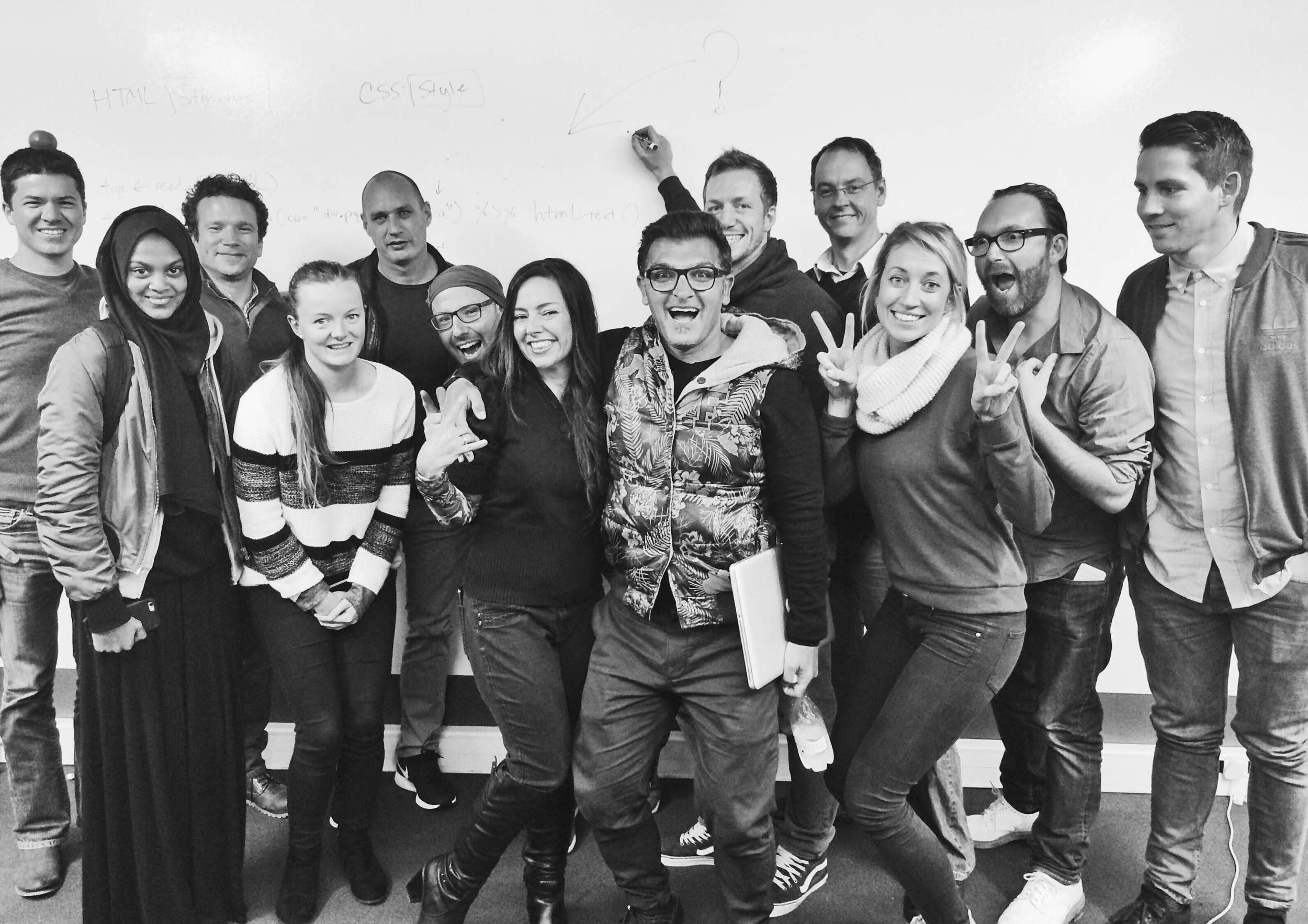
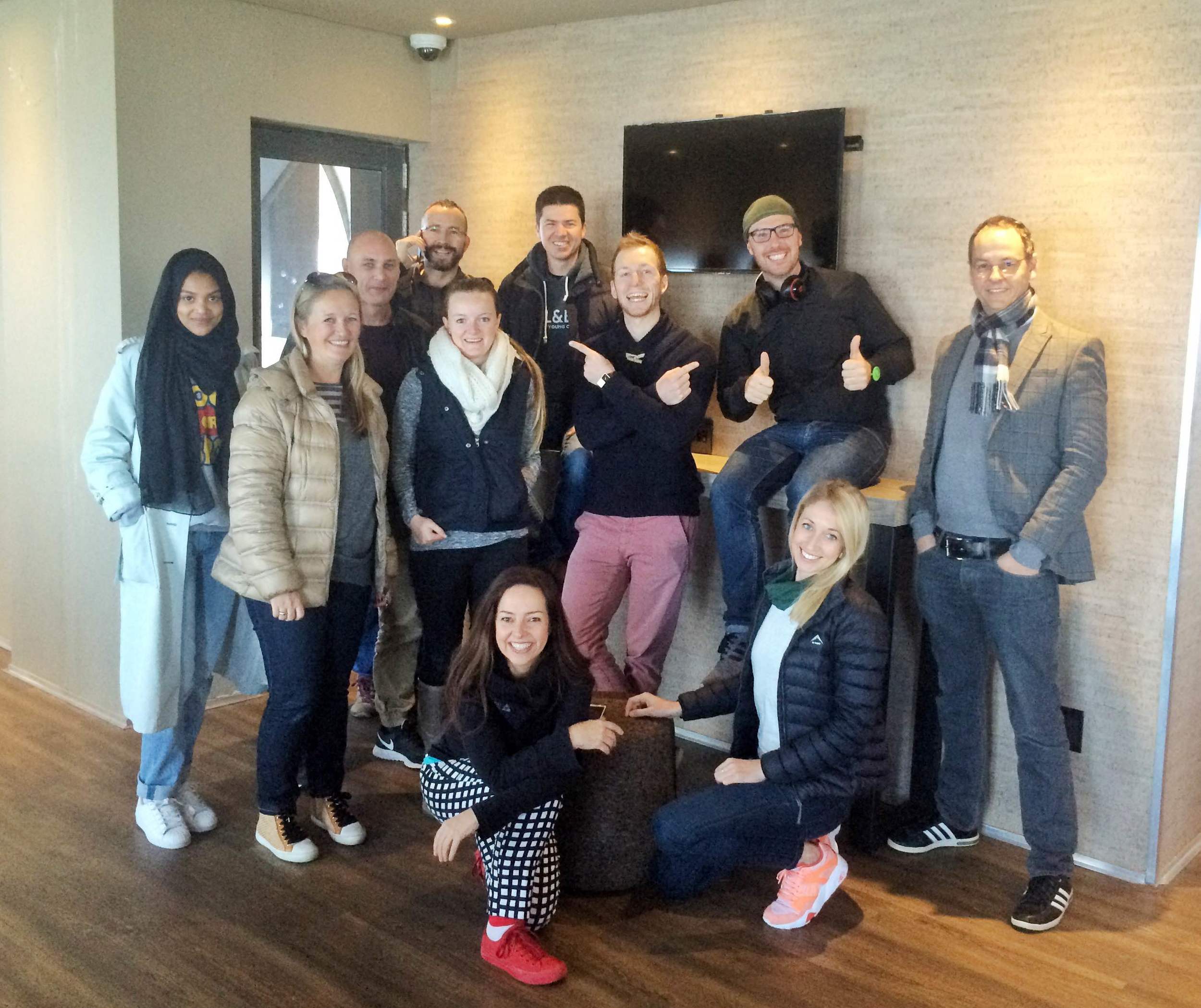
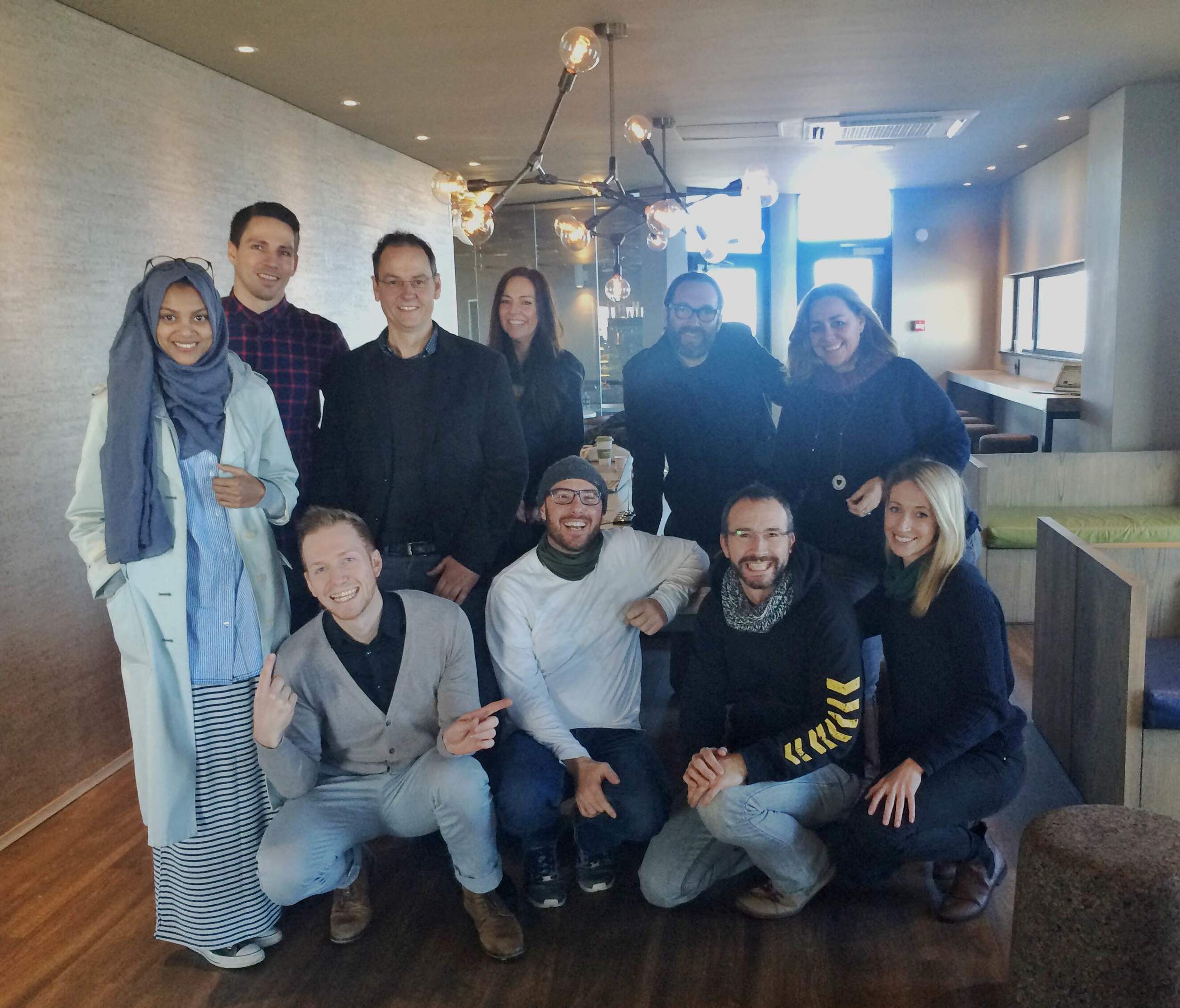

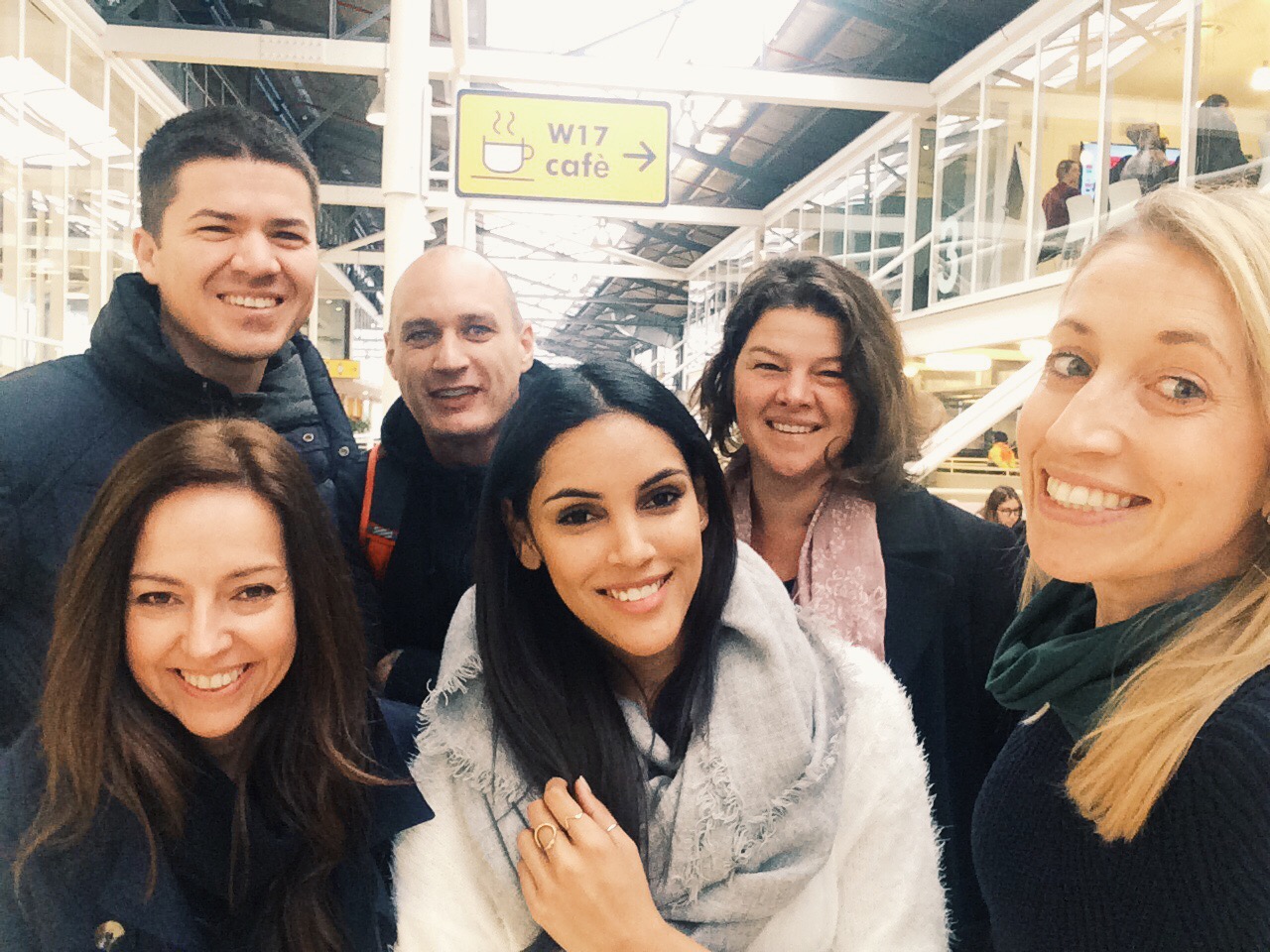
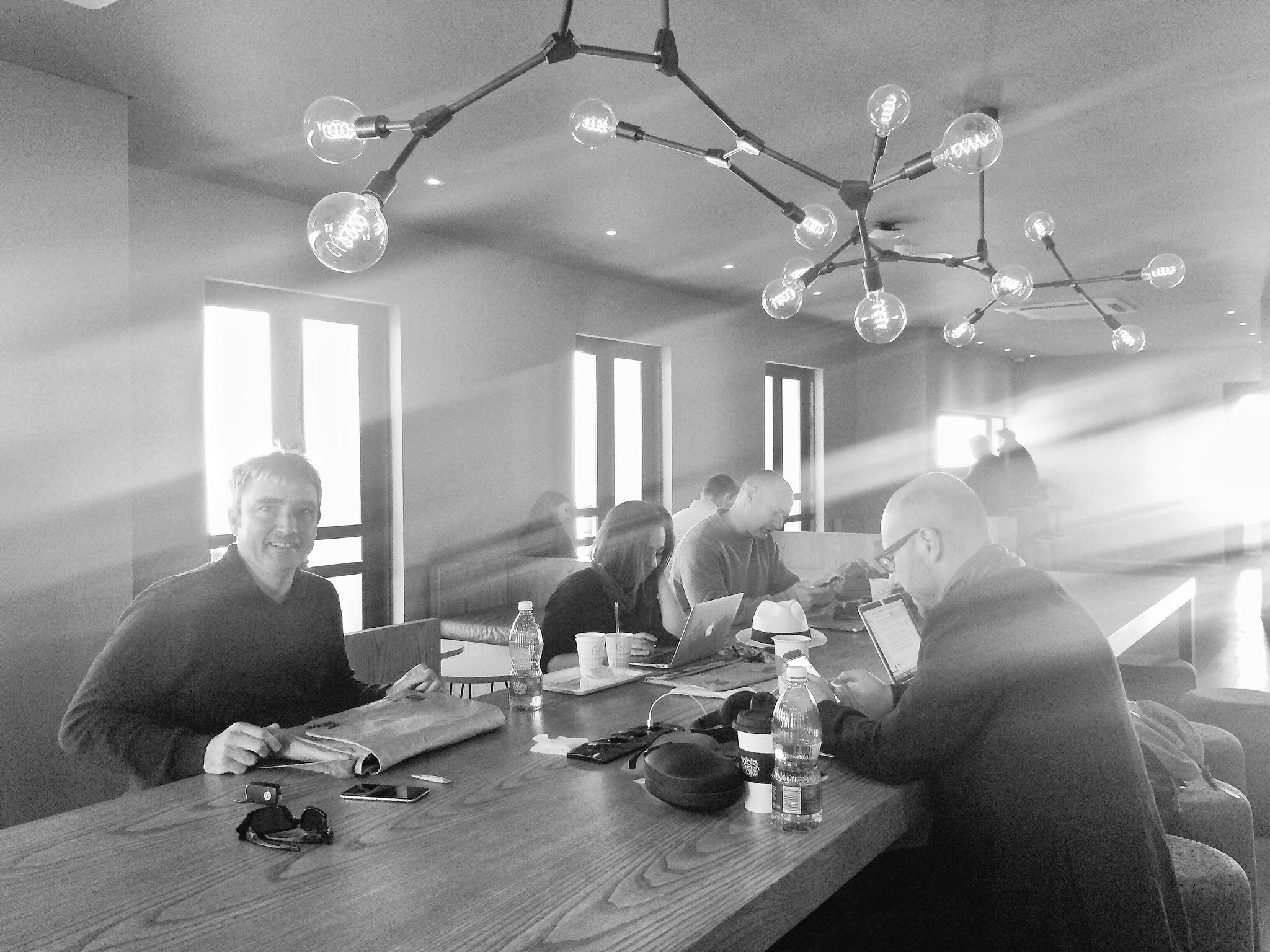
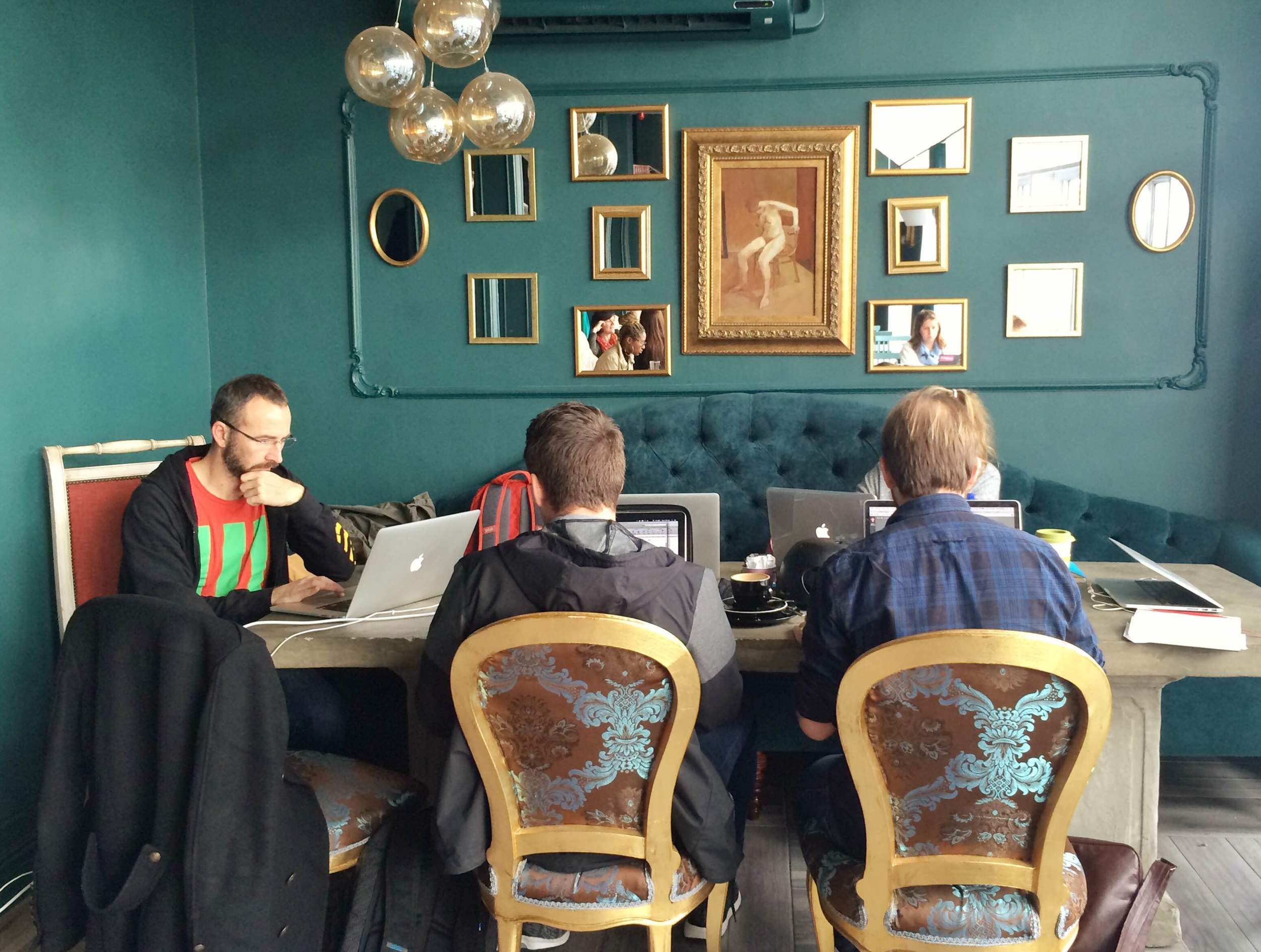
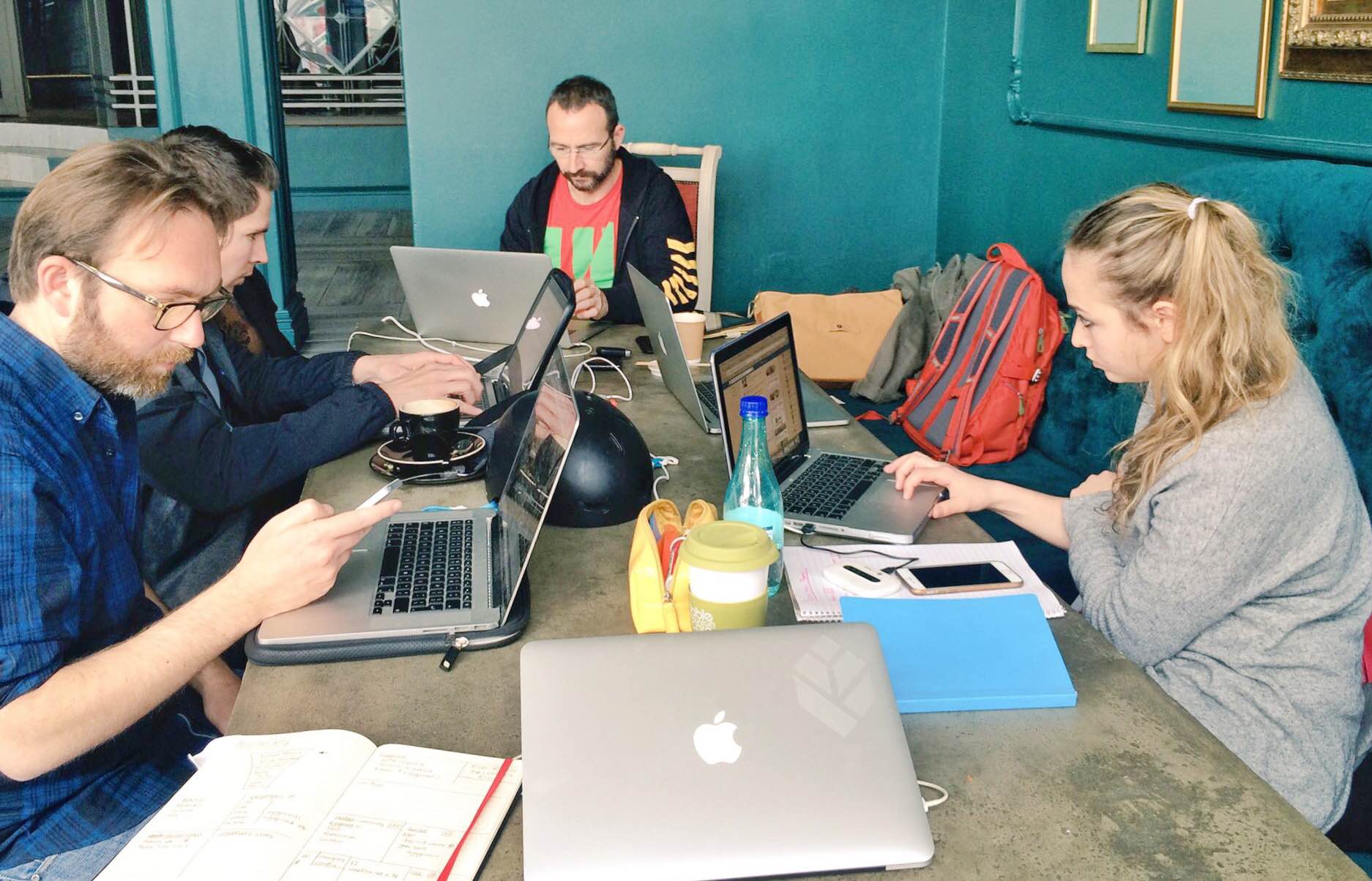
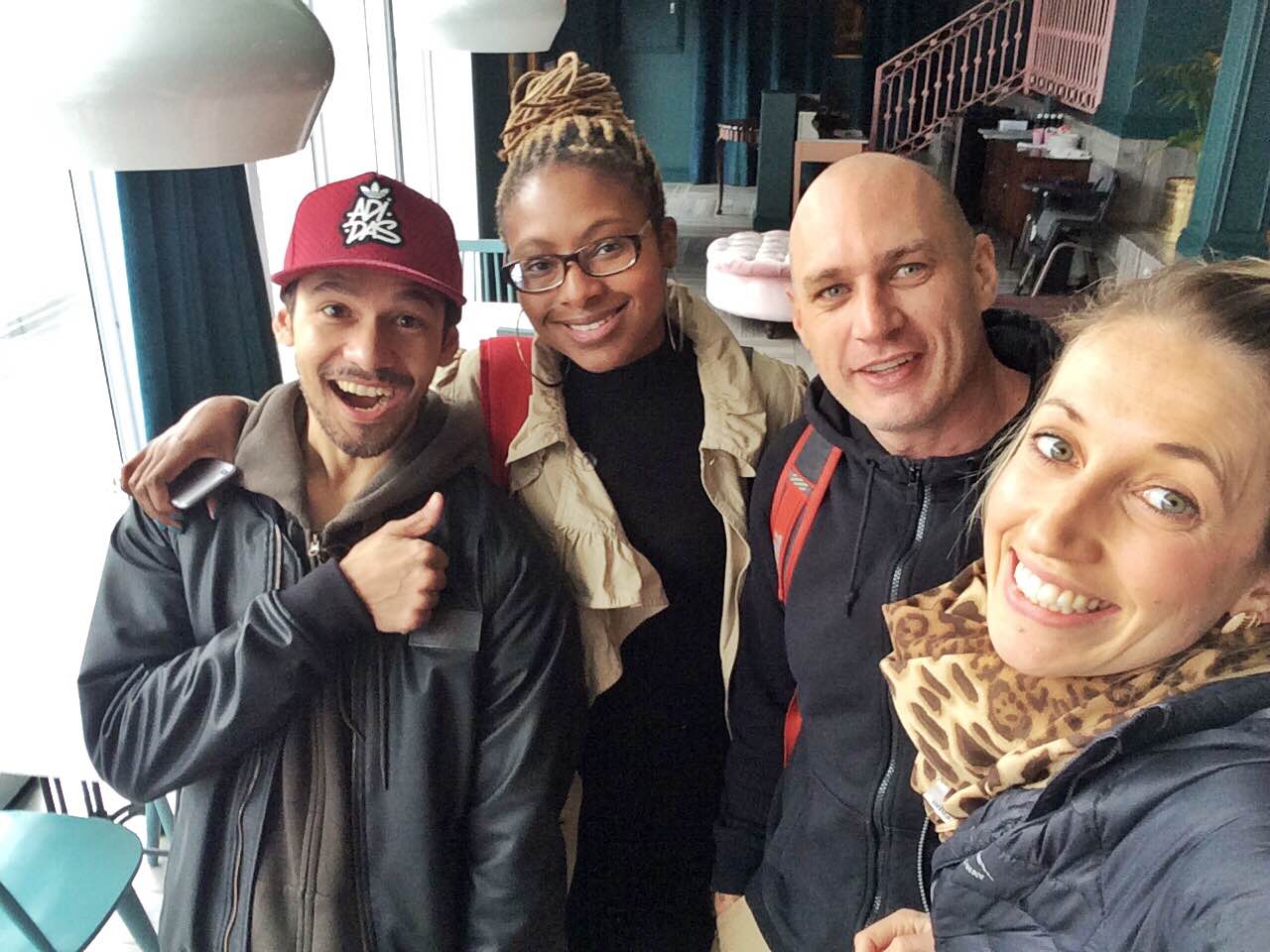
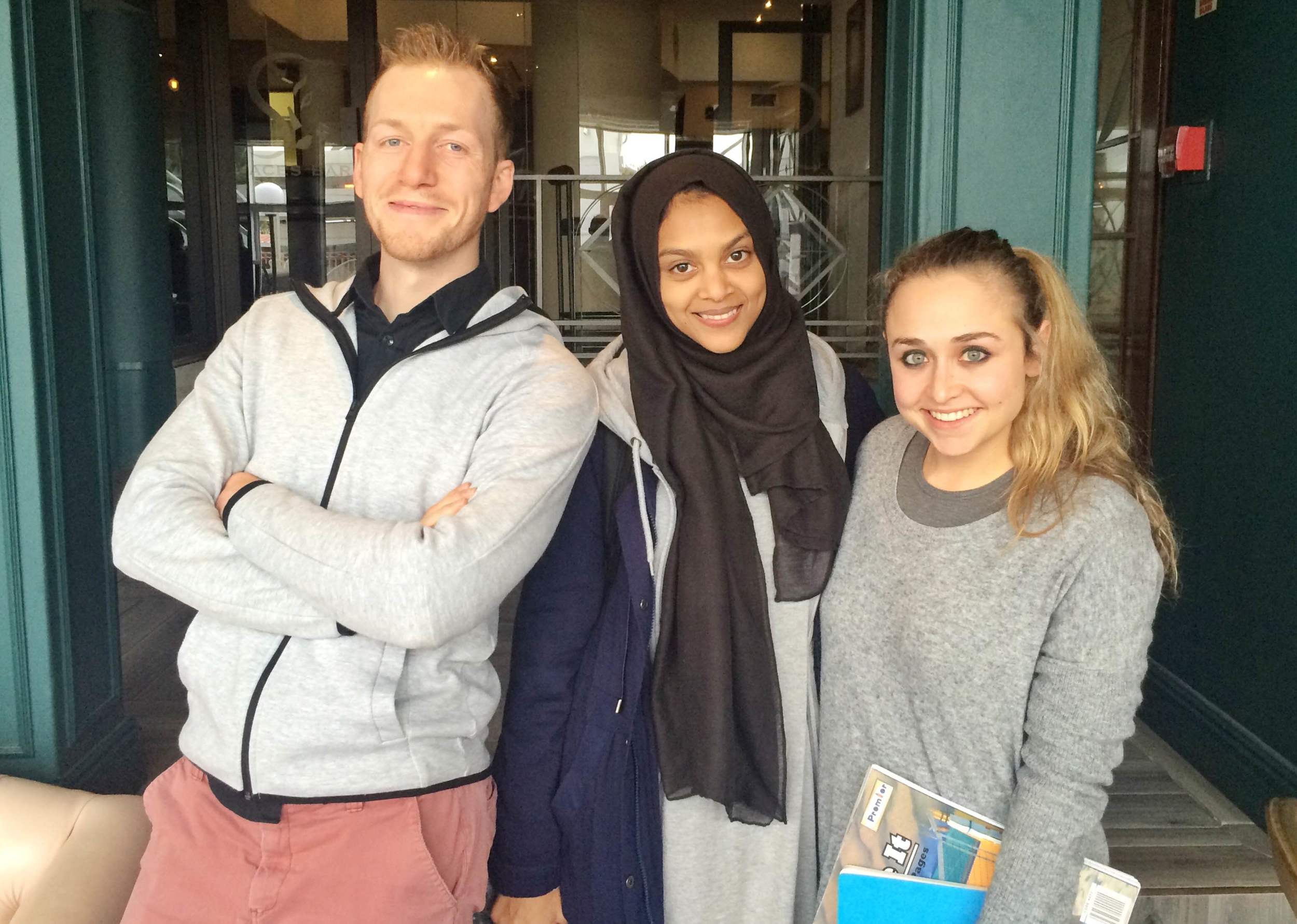
Quick fire questions to get you up to speed
If it rains or the cable car is closed?
Keep an eye on the Treeshake Twitter where will send updates. If we can't meet on the mountain, our default go-to is Strolla, in Sea Point.
Is there free wifi and plugs to charge?
Yes and yes. The internet is fast and the cell phone reception is good (although not excellent).
What time do you meet?
We usually meet at around 8h30, to avoid the tourist rush - the queues get long! But, feel free to come any time you like. We usually leave around lunch time.
What do I bring?
Laptop, charger & earphones. Money to buy some coffee, and comfy shoes to go for a stroll when you take a break from the excellent conversation :) Bring something warm; mountain top weather tends to be very different to city weather.
How much does it cost?
A single cable car round trip, it costs R240. If you buy a Cable Card for R565, you can use the cable car, you get one free return trip per day, for a whole year.
Do I have to register to come?
Not at all. We look forward to meeting you!
Featured in
What the #tabletoptuesday goers say about it
Lekker co-working session on @TableMountainCa today #tabletoptuesday pic.twitter.com/WvVerCpftD
— Dave Duarte (@DaveDuarte) June 7, 2016
Let's make the #tabletoptuesday circle bigger. 🙌 https://t.co/Yzdop7C1Oj
— Heleen Mills (@HeleenMills) June 8, 2016
Busy day on Table Mountain but well worth the wait going up. Perfect views, no wind #tabletoptuesday pic.twitter.com/3TLuIk5CLy
— Dave Duarte (@DaveDuarte) June 21, 2016
It's been awesome feeding off the productive energy at @Workshop17CT this morning with #TableTopTuesday 💻☕️ pic.twitter.com/oUKqksEgr2
— Philipp Schmid (@oneLdoubleP) June 14, 2016
Co-working @Workshop17CT for #tabletoptuesday - good vibes, interesting people. Cape Town digital ecosystem. pic.twitter.com/1Sv9ykmloJ
— Dave Duarte (@DaveDuarte) July 5, 2016
My office for the day... 😊 Thanks for the invite, @daveduarte. #TableTopTuesday #CapeTown … https://t.co/KaCwA3DWqI pic.twitter.com/KEtDj6Q2ef
— Nomi Handmade (@NomiHandmade) July 19, 2016
Favourite morning of my week. #tabletoptuesday https://t.co/smprH9ms6p
— Heleen Mills (@HeleenMills) July 19, 2016
Join @DaveDuarte for your must-do #tabletoptuesday experience in our #CablewayWiFi lounge: https://t.co/Yg2g4Vm3Vc pic.twitter.com/hxBtM0LeUc
— Table Mountain C/Way (@TableMountainCa) June 21, 2016
I got some seriously good advice this morning. So worthwhile. To attend these meet ups #tabletoptuesday https://t.co/hPaylazIgN
— Dave Duarte (@DaveDuarte) July 19, 2016
Brilliant morning of idea sharing, coffee drinking & co-working. #tabletoptuesday pic.twitter.com/v54DXWDZUR
— Treeshake (@treeshake) July 19, 2016
We look forward to meeting you at our next #Tabletoptuesday
It Takes a Village to Raise an Idea
In this piece, Dave Duarte looks at how individuals become more capable as part of a collective. And how to balance the paradox where groups are better because of excellent individuals, and excellent individuals are made better through an better group.
by Dave Duarte
The incredibly fast spread of Pokemon Go shows how quickly technologies can spread today, and how rapidly they can change behaviour. This makes it increasingly difficult to imagine what the world will be like in 5 years time.
I went to a talk by Capitec founder Jannie Mouton a few weeks ago, where he pointed out that trying to predict what markets will do in the short term is a suckers game. The only way to win is to focus on value and develop a CAPABILITY to understand and adapt to change.
So what one thing can you do to increase your digital capability?
It takes a generation to make a significant difference to the world
Many technological breakthroughs come out of communities of exploration - at universities that bring brilliant people together; cities like San Franscisco; and Cape Town with a vibrant tech culture, or from people who fall into a sub-culture that values innovation (like Silicon Cape or #tabletoptuesday). And inventors build on a set of existing technologies and norms. Change happens at the pace of cultural readiness for it.
The 2500 year old Antikythera mechanism
This is why the 2500 year old computer didn’t take off at the time. There wasn’t an ecosystem for it - an active community of distributors, inventors, hackers, users, supply chains. Change happens at the pace of cultural readiness. Cultural readiness is about the tools we use, the skills we have.
One of the great enablers of our technological breakthroughs is our educational system’s focus on science, technology, engineering, and maths. We are where we are because of the design of a mega system of human organisation that brings people together to learn. It's got us to where we are, but what will get us to where we need to be next?
Genius is a cultural value as much as an individual attribute. If you’re extraordinary at something it’s partly because you were born with some complimentary strengths, but largely because you gained access to resources and support along the way, and were lucky enough that your strengths were valued in the time and place you lived. It is so much easier to be a genius in a smart city than a poor village.
You think you’re looking for an opportunity, but that opportunity usually comes in the form of a person.
If you need to move fast on a concept, as you usually do in tech, it is extremely beneficial to have a network to draw on that will help you bring your idea to life. And when you have the idea, it’s probably too late to go looking for that person or plug into that network. It's said that luck is when opportunity meets preparedness. But when opportunity comes, it's usually too late to prepare.
We think it’s about lone inventors, when it’s actually about communities that enable those inventors. It takes a village to raise an idea. Individual brilliance is essential, but let’s not forget that those individuals are enabled by context.
The difference between thinking about a cool invention, and actually inventing it is a matter of convenience. You're more likely to build out your idea if you know people who can help you with advice, skills, funding, and access.
Being part of a scene of people who are into something enables this convenience. For example, I’m not likely to come up with a cutting edge way to grow crops today if I'm not part of a community that's into things like farming or agritech or biohacking or internet-of-things. I might want a better crop, but I’m not aware of the issues at play, I don’t know the people who could help me develop the solution, I don’t know the people who have the problem I’m trying to solve, don’t have a direct connection to my users.
Whether in business or politics or science or art, look at the achievers. They didn’t do it alone. They had help. They were part of a scene. They were connected to people who were striving for the same, and they lived in a place and time that inspired their performance.
If you want to make a difference, if you want to do something great, stop trying to do it alone.
Trust moves through networks of connected people. Money moves through networks of connected people. Ideas move through networks of connected people. Get connected. Plug into a scene that inspires you, that makes you better. That inspires your best performance.
And if you see someone else in your community breaking through with their ideas and work: celebrate! Know that by being part of that community, you have contributed to their success. If you happen to be that person that breaks through - don’t let it get to your head. You didn’t do it alone. Give back to your scene through mentoring, coaching, investment or contributing your skills.
As a generation, we can be petty about protecting our ideas or we can work together to get behind the people who are making it. We can do what we can to put the world on track to sustainability, harmony with nature, technological brilliance, the eradication of poverty, and the other goals very well worth striving for. Who the hell cares who gets the credit. Let’s get this done, together.
---
Take-Out: If there's one thing you can do to increase your capability, it's to join and participate in a digitally oriented community. Go to Silicon Cape Meetups, attend the Kat-O meetups, or apply to join the Treeshake Expert Network.




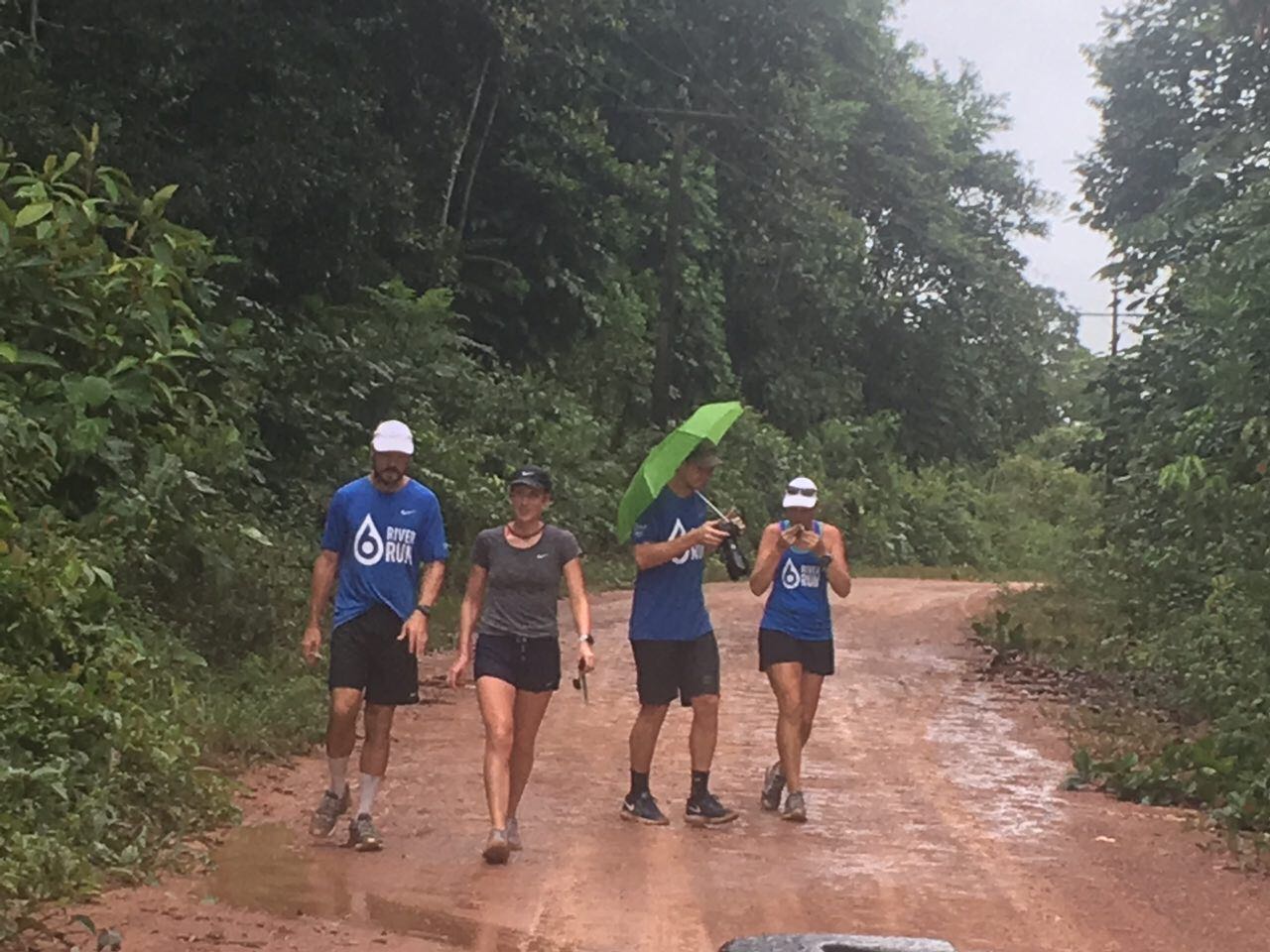
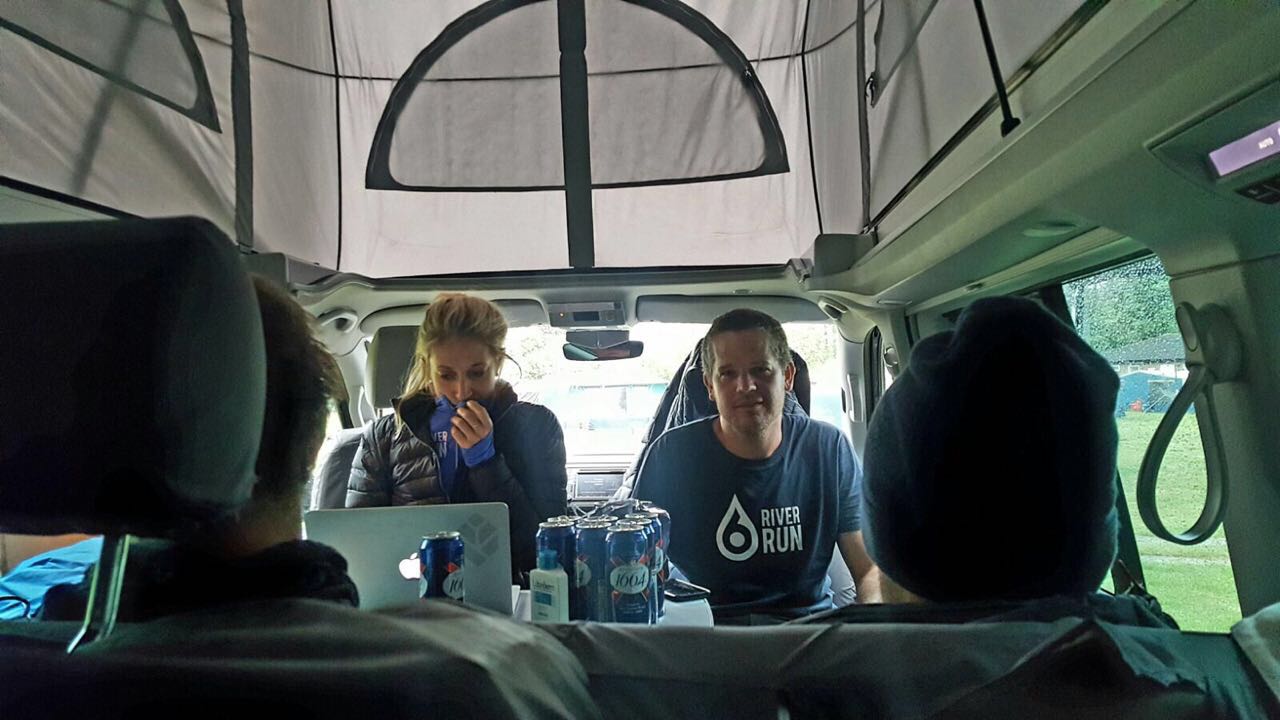


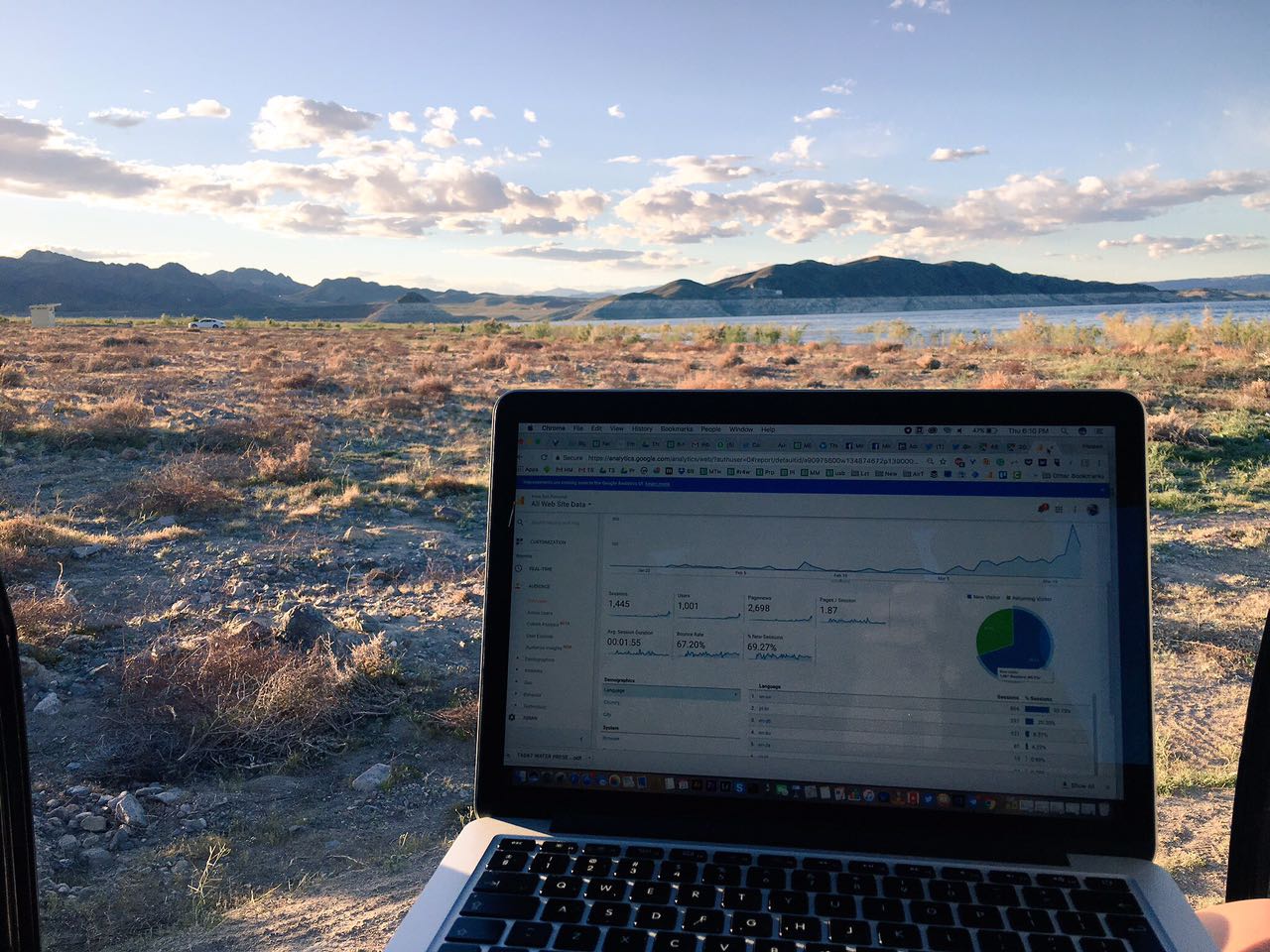
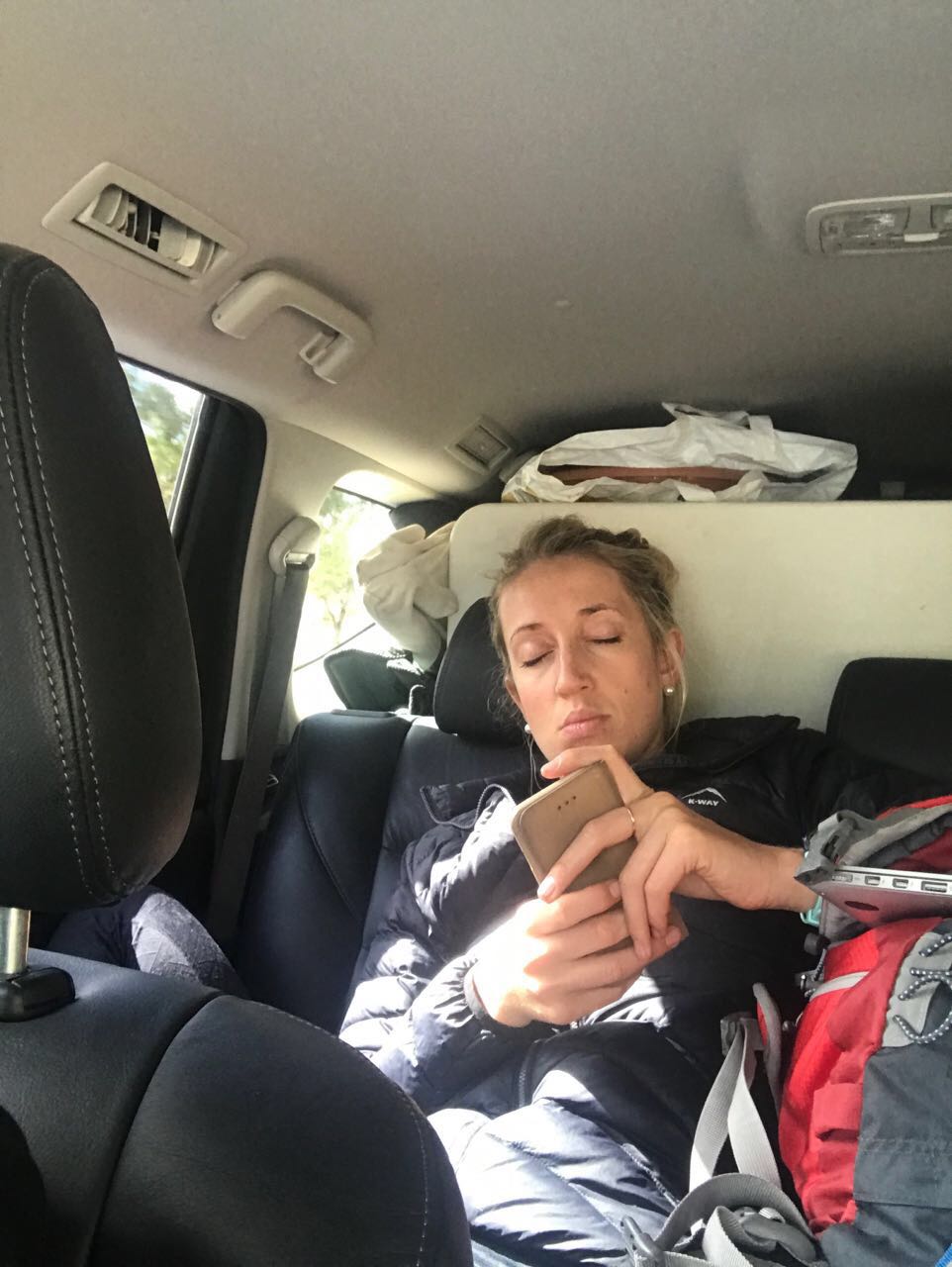
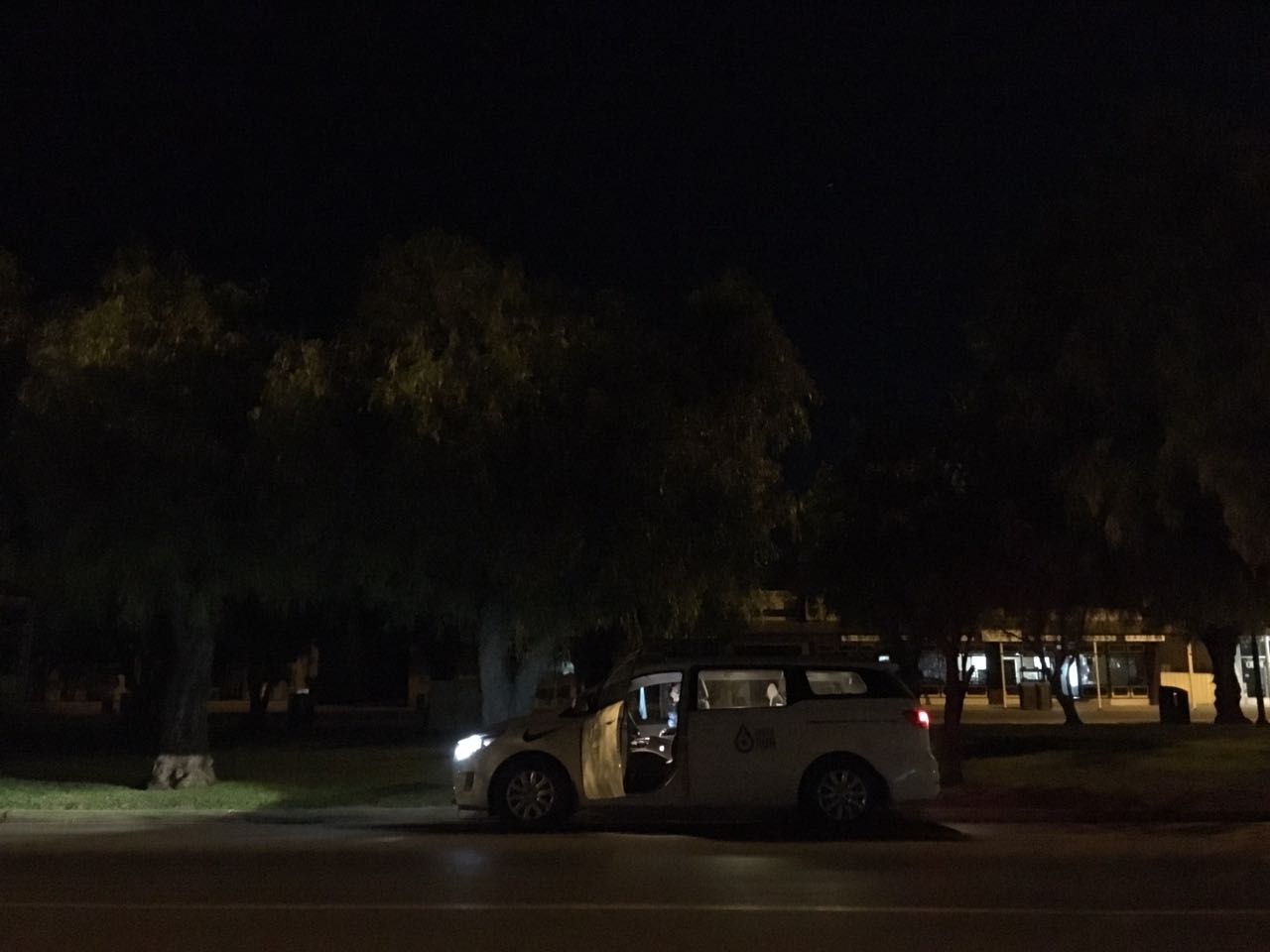
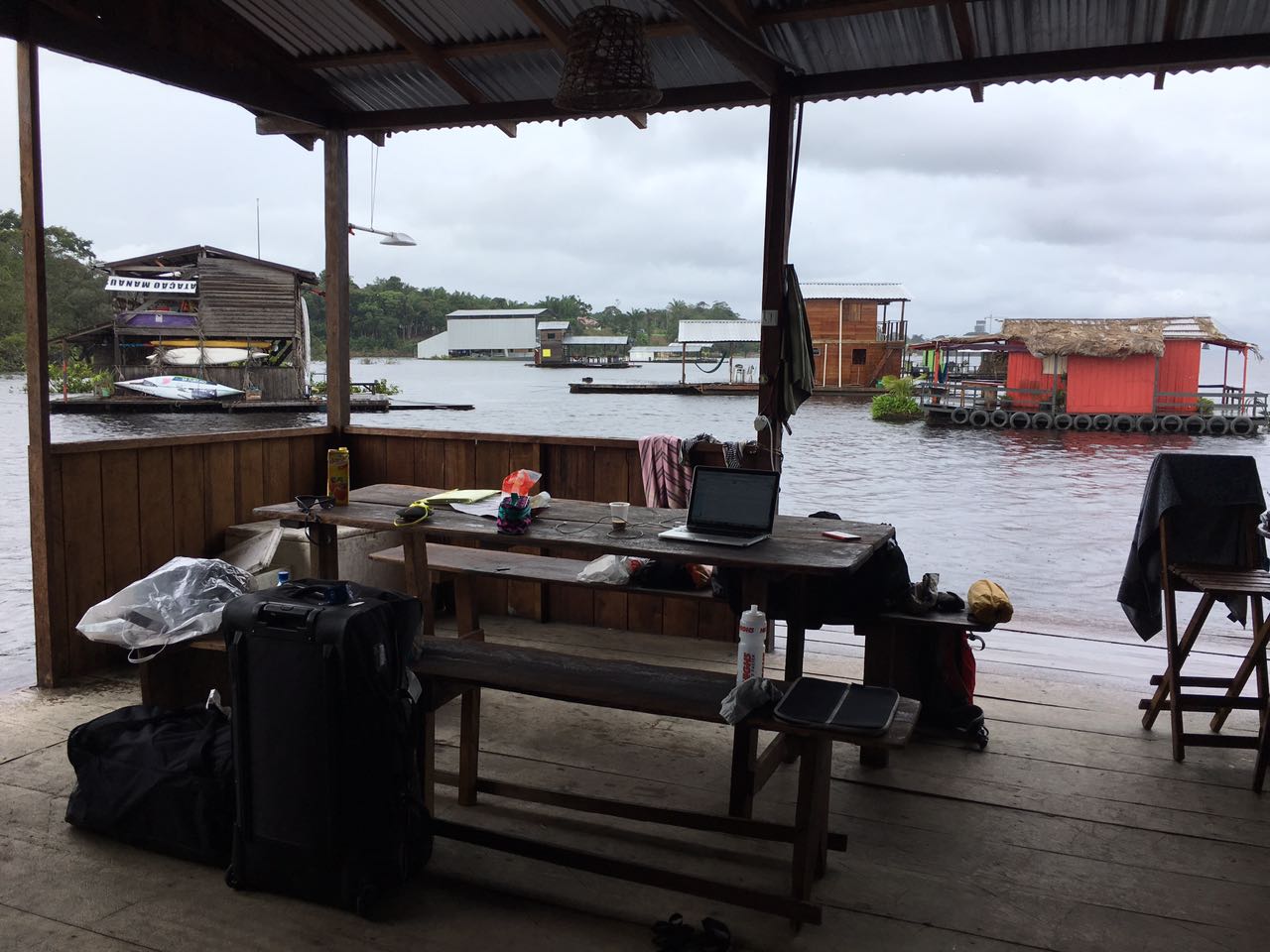
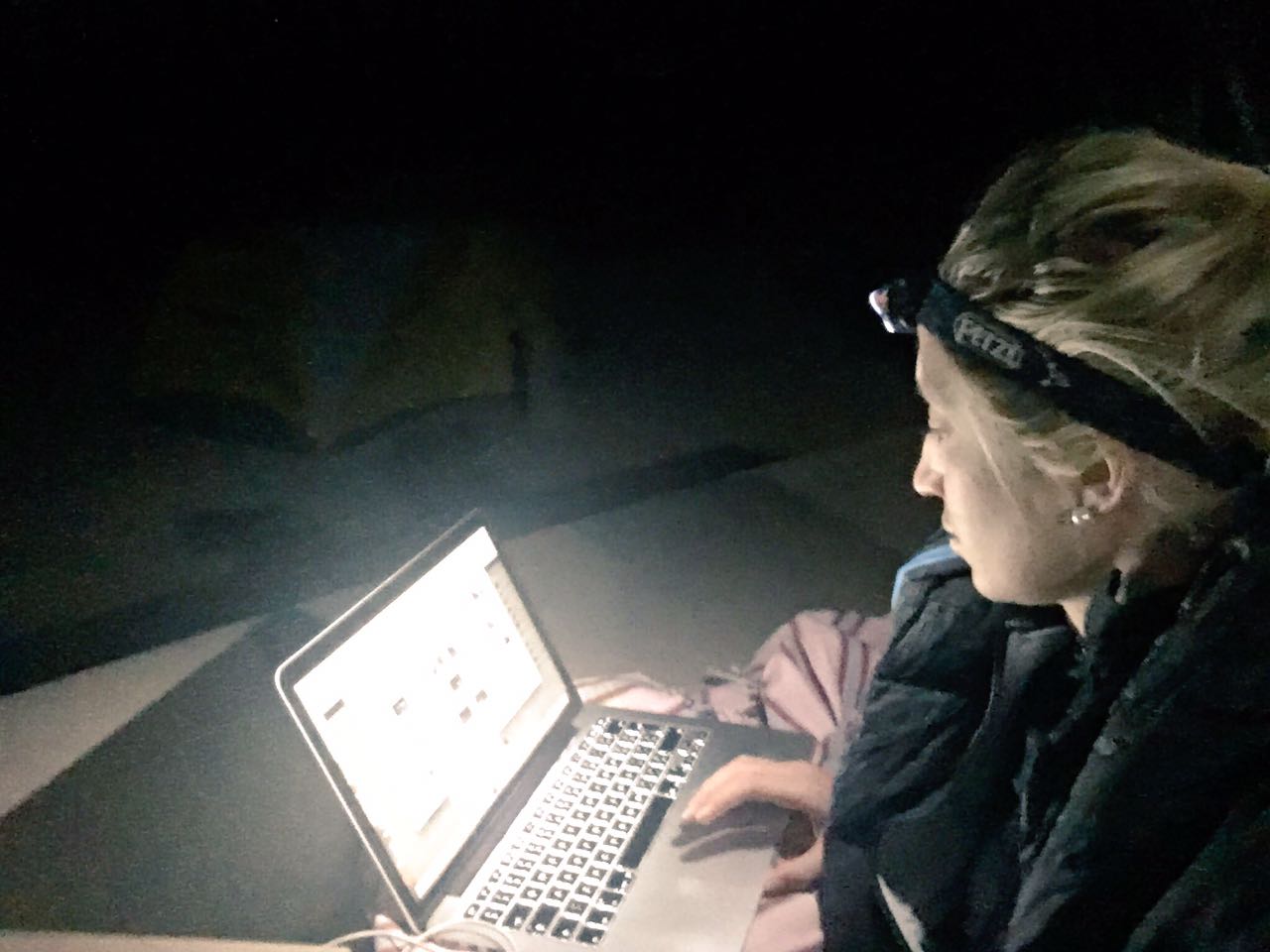
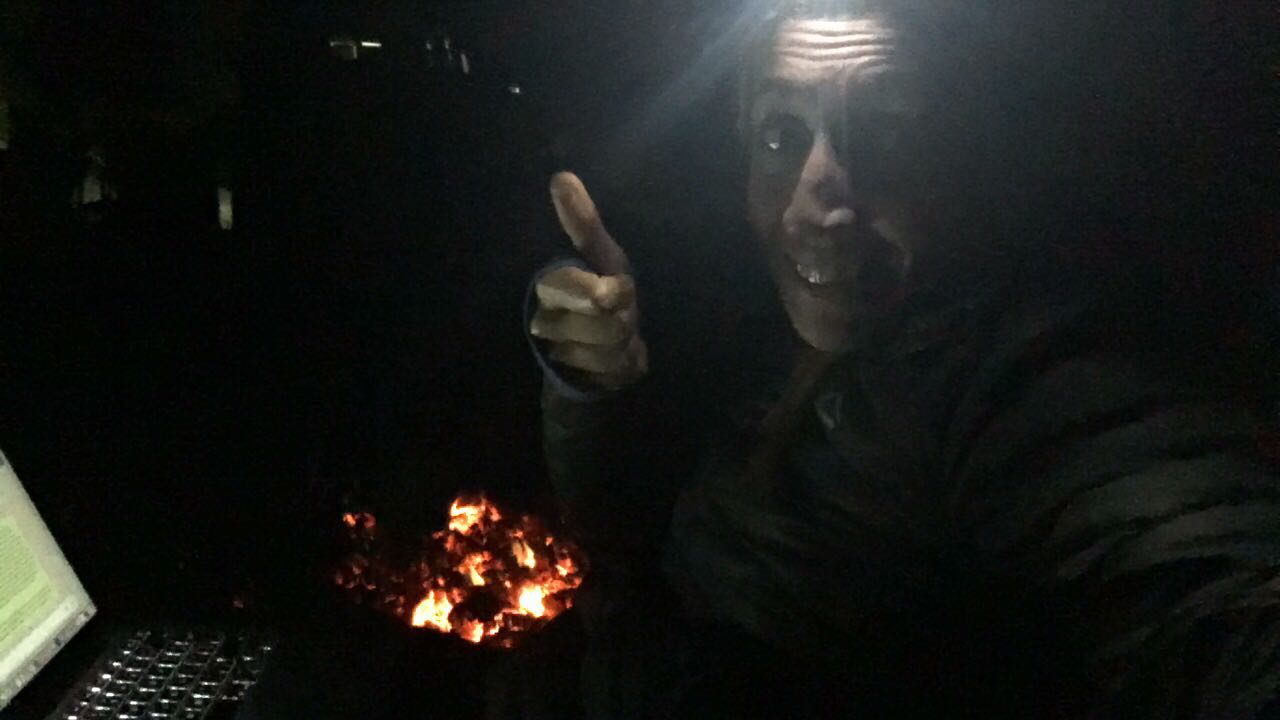
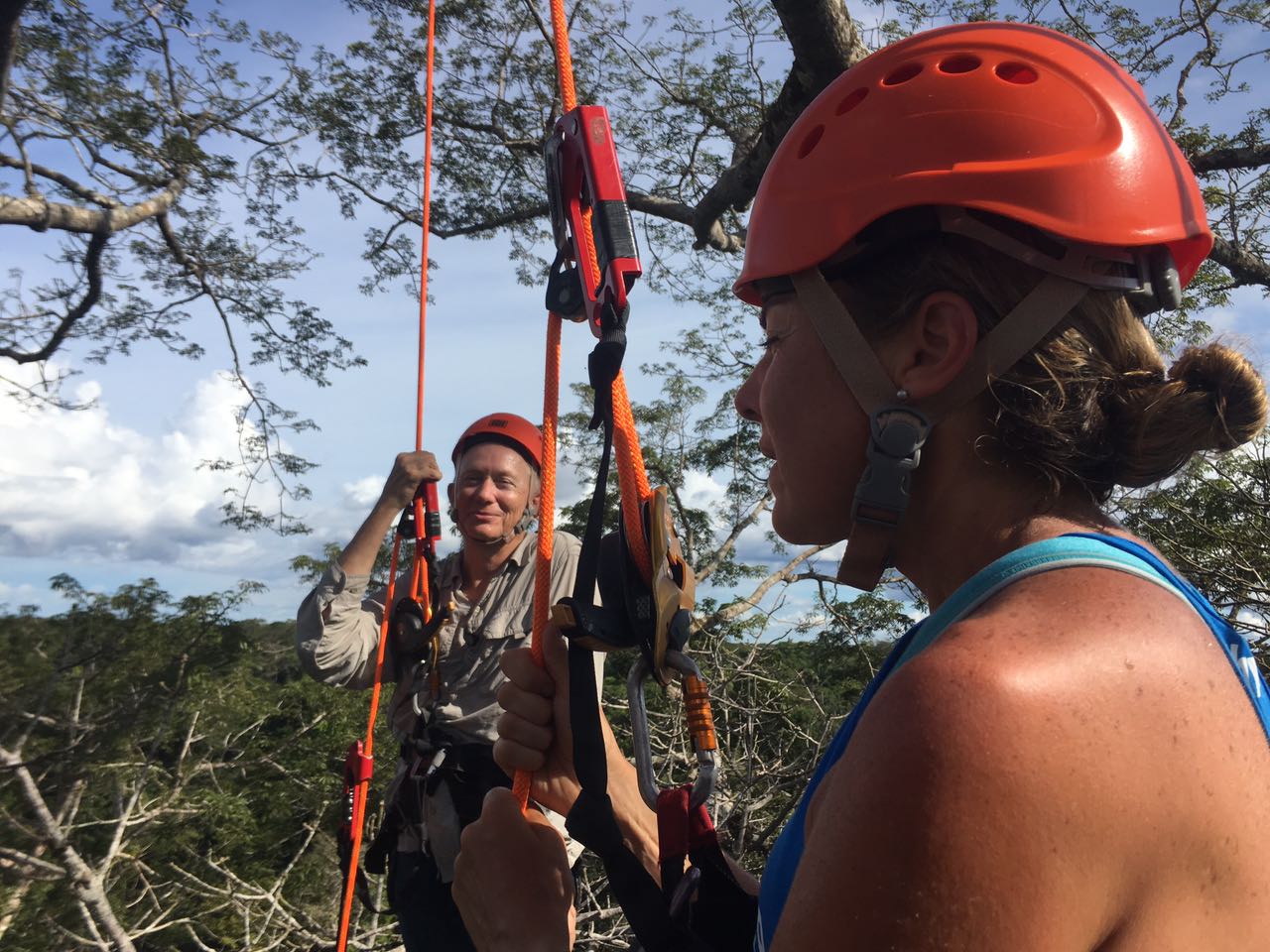
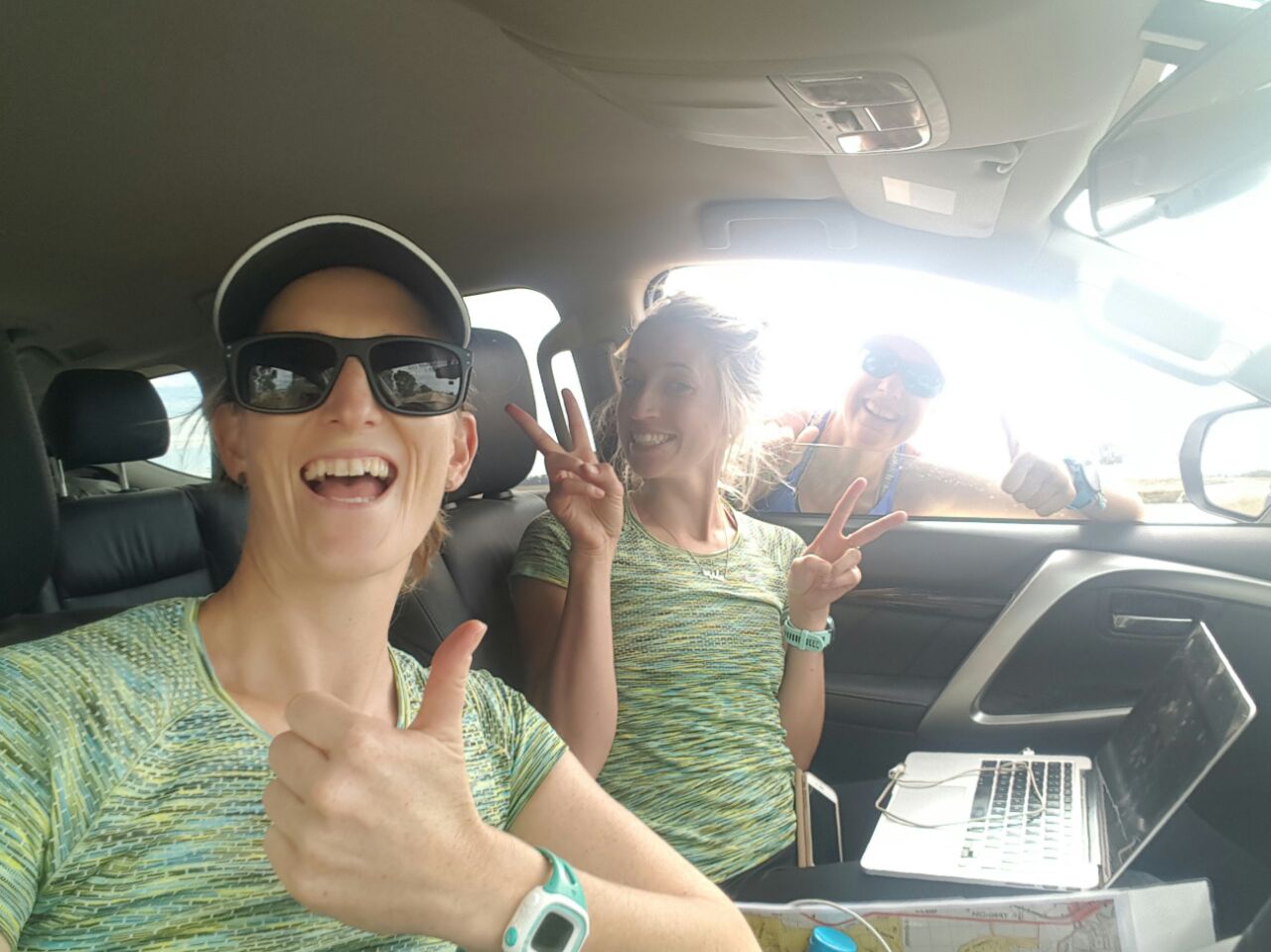
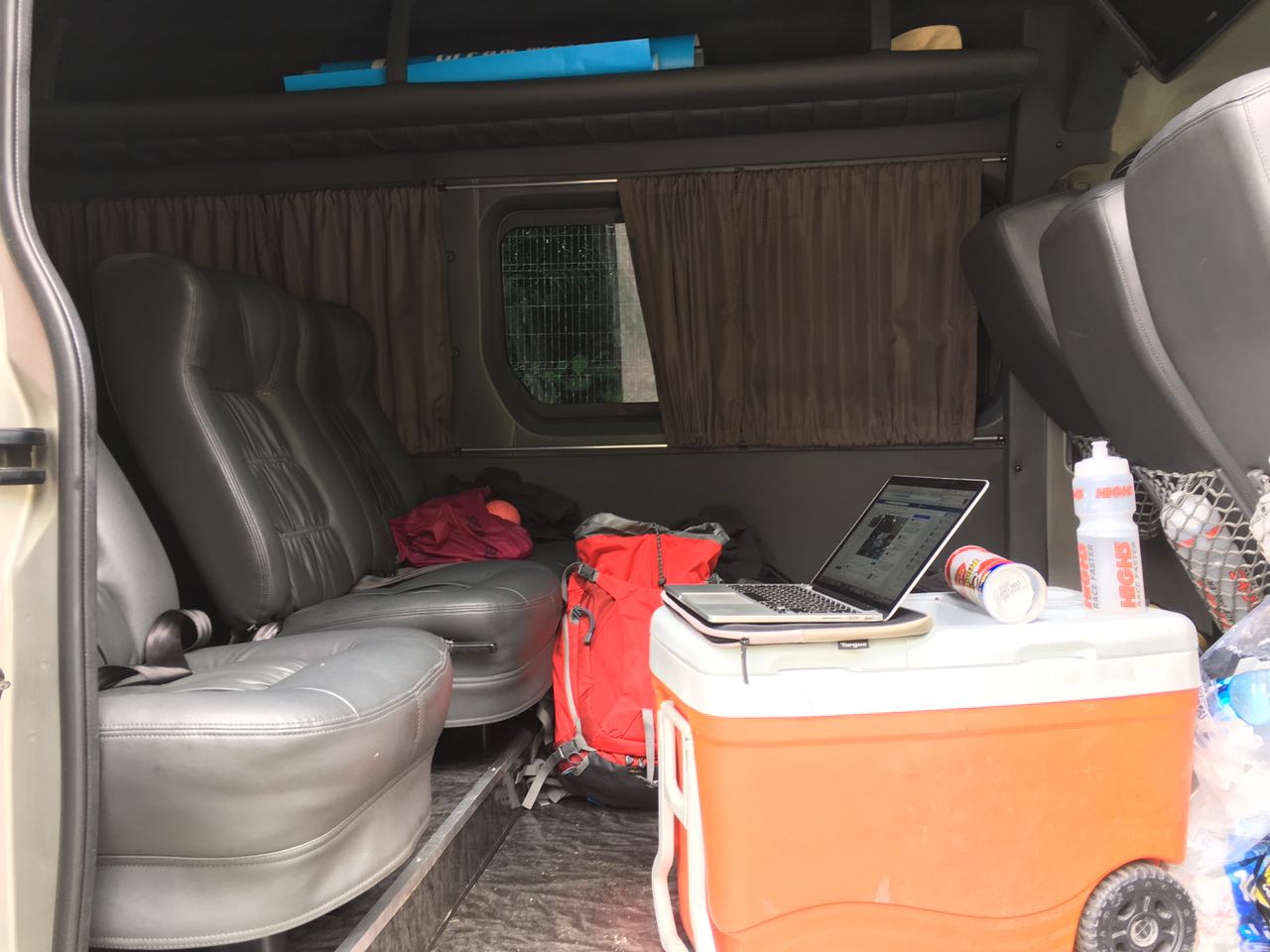
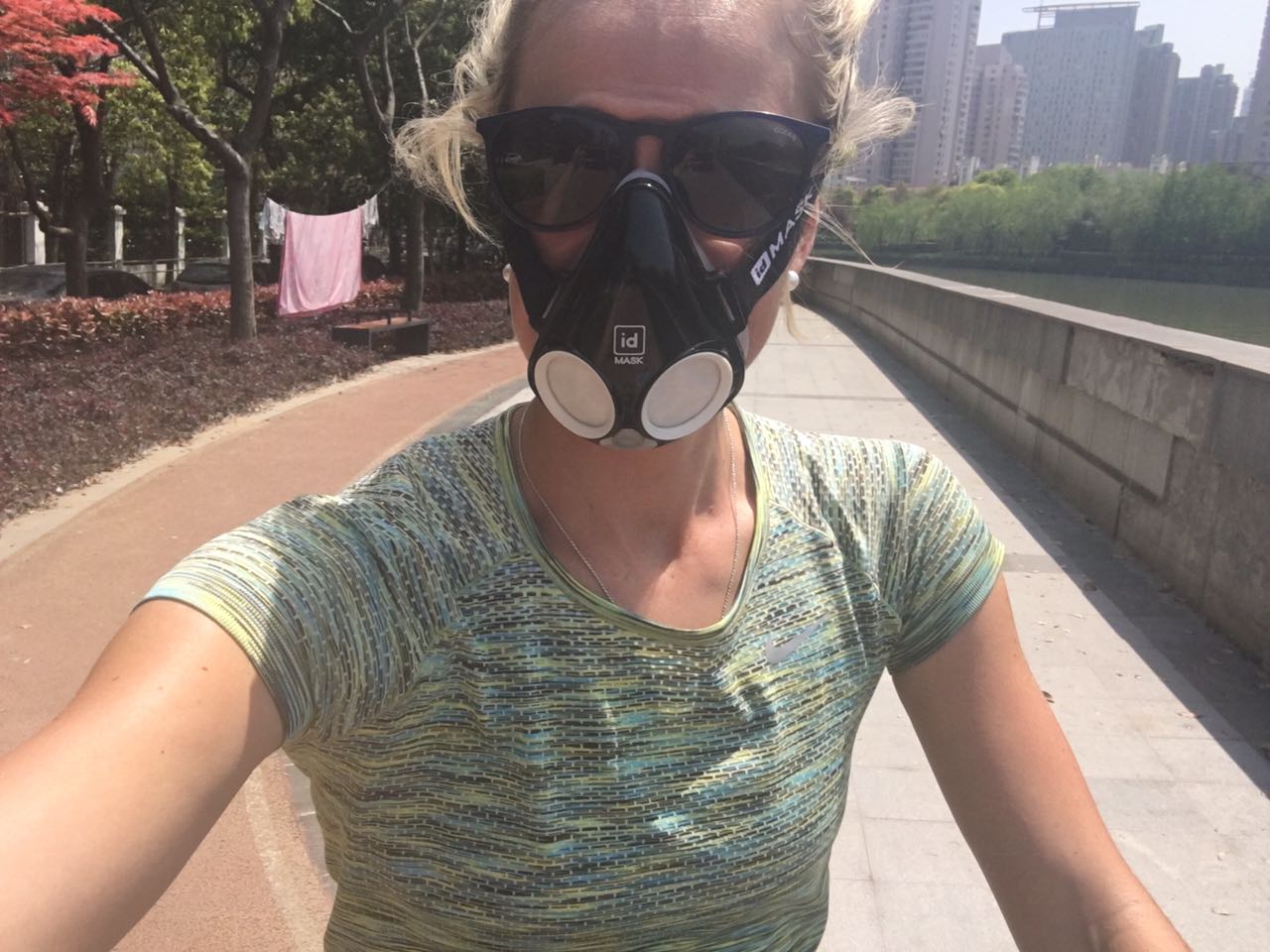
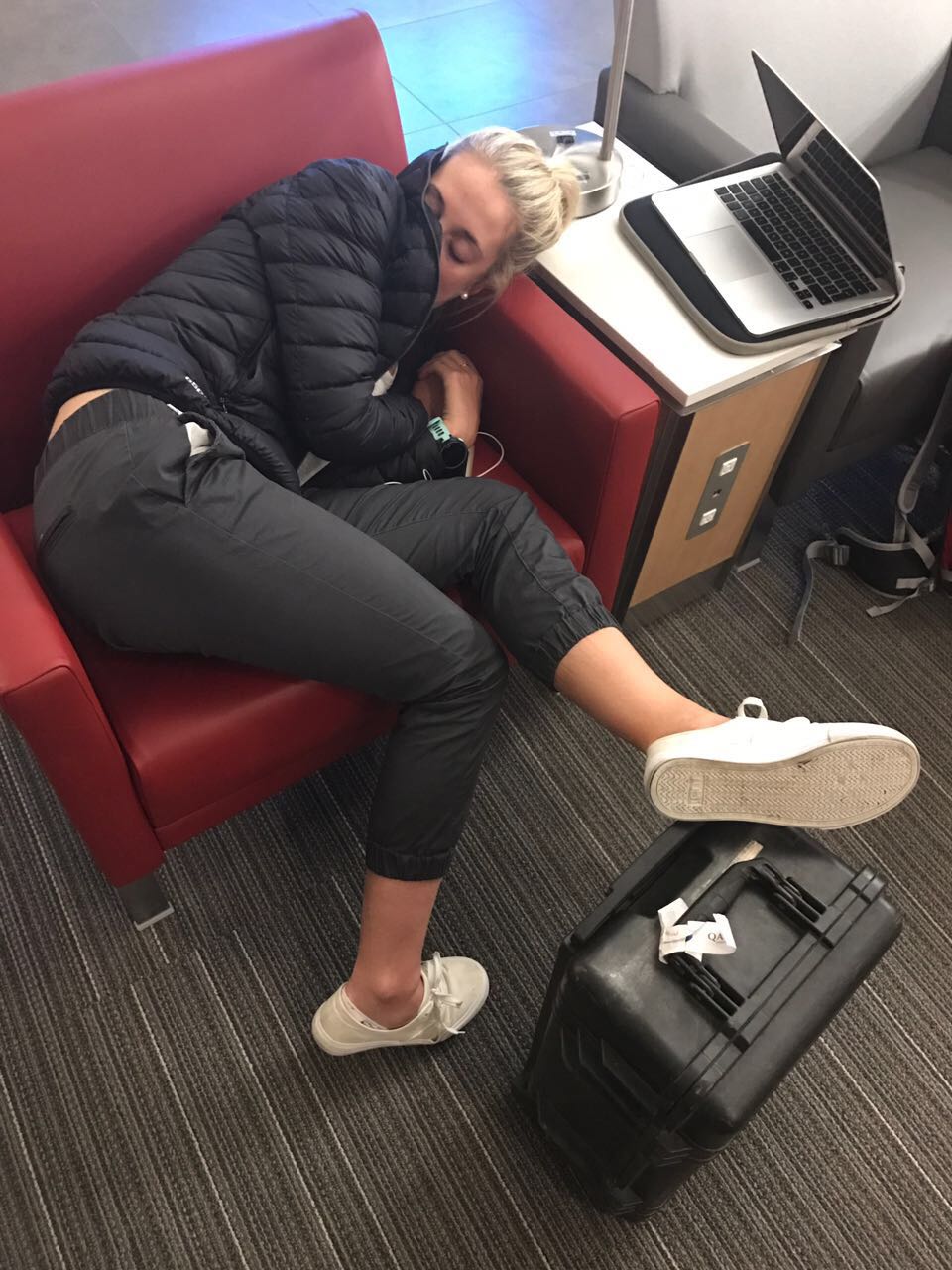
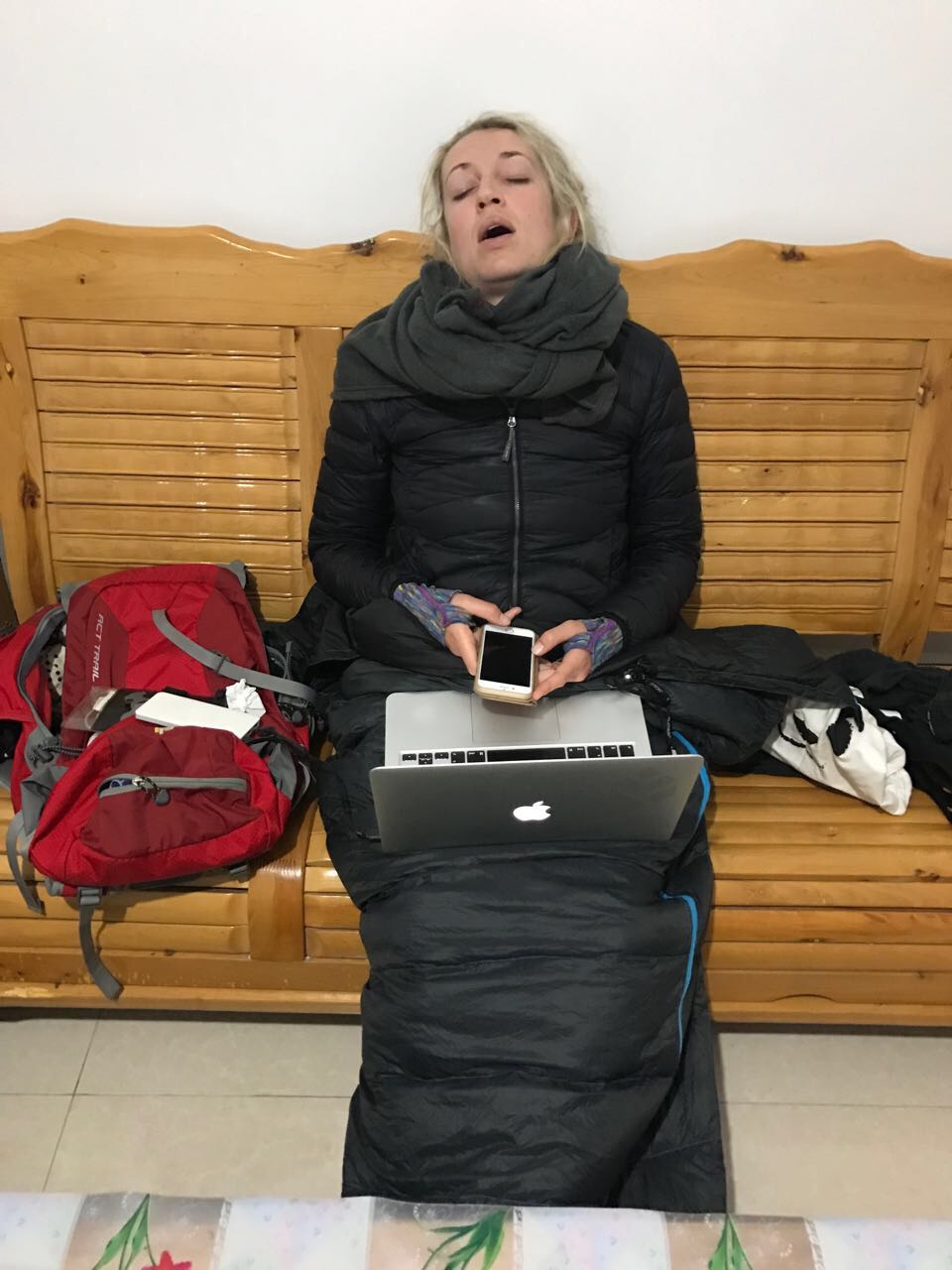
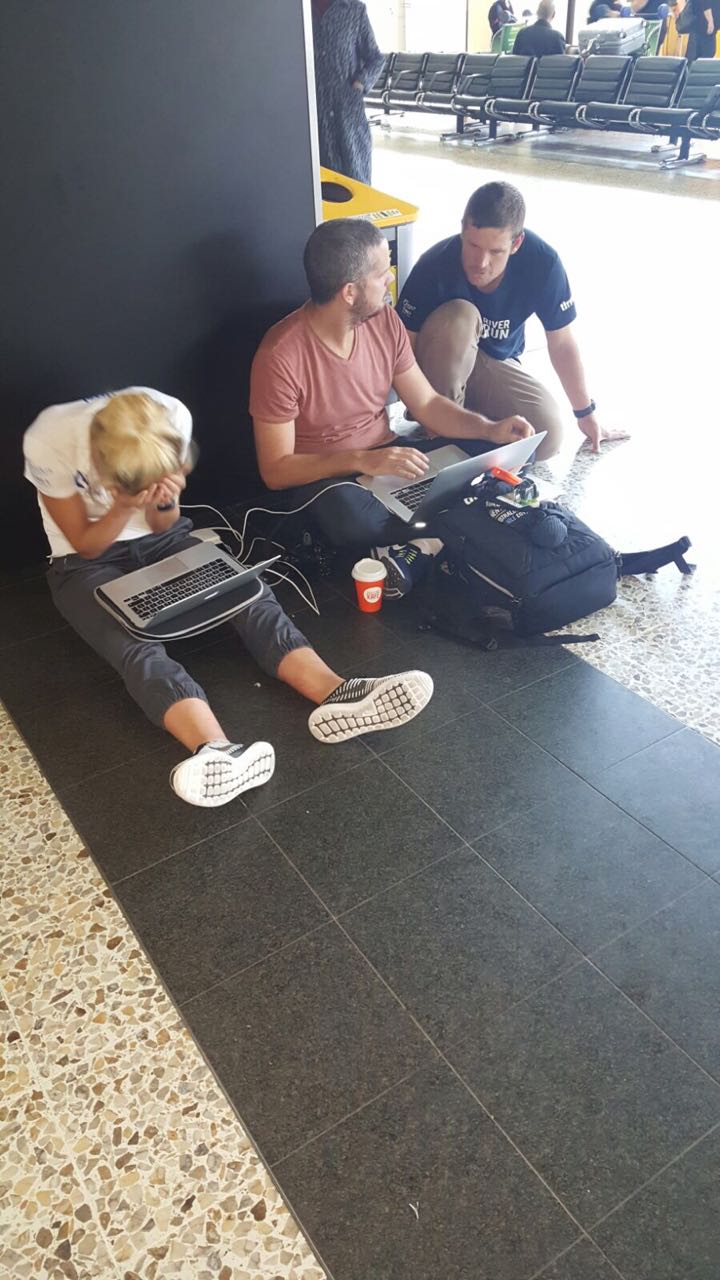
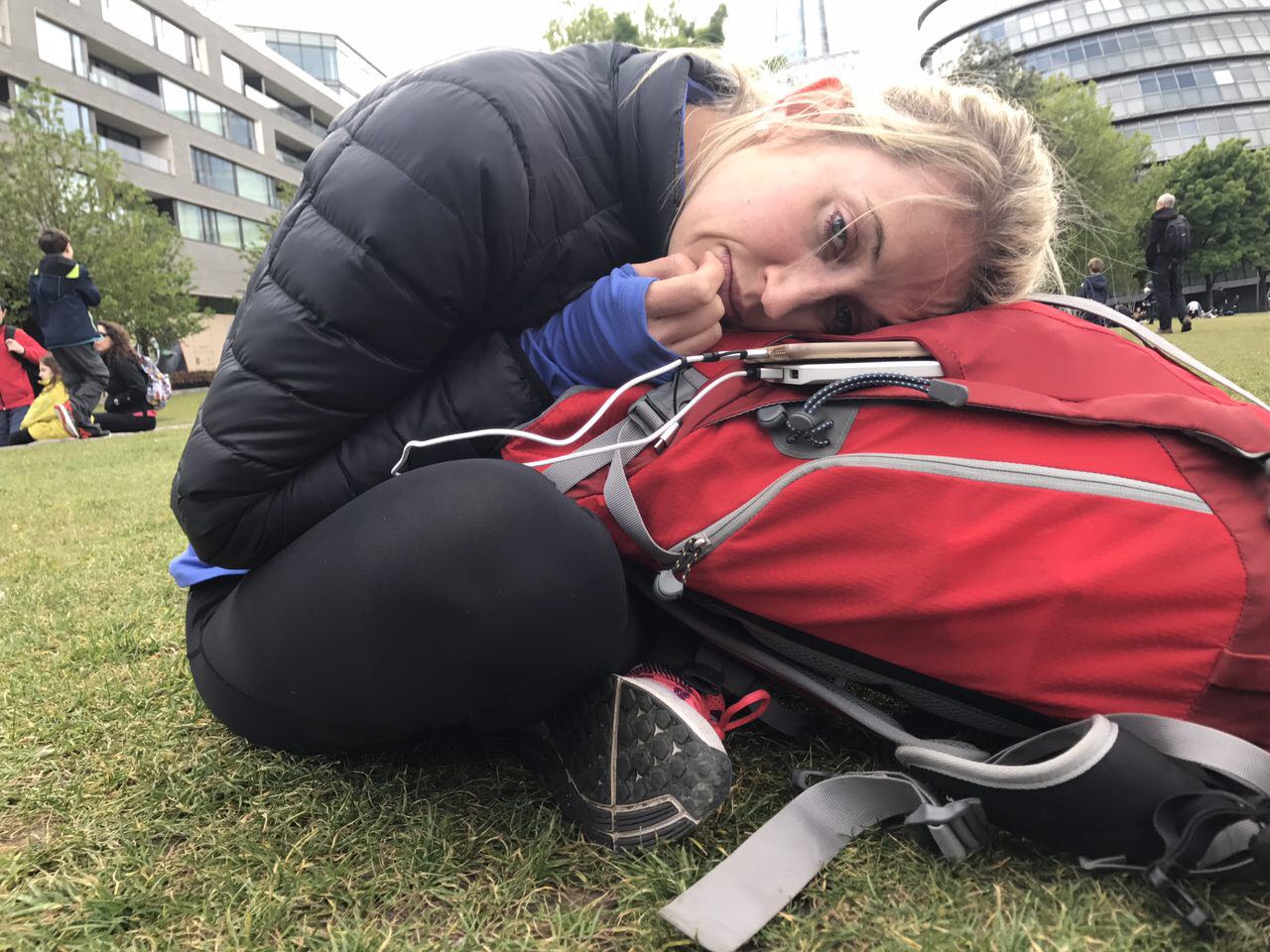

































































Dave Duarte, founder of Treeshake, is passionate about community engagement as a driver of value. As social marketer, speaker, facilitator and advisor, his warm and engaging style makes the future easy to engage with. Dave brings over a decade of facilitation experience to his work at Treeshake. He has founded several businesses, and served in leadership positions in media, academia, and non-profits.